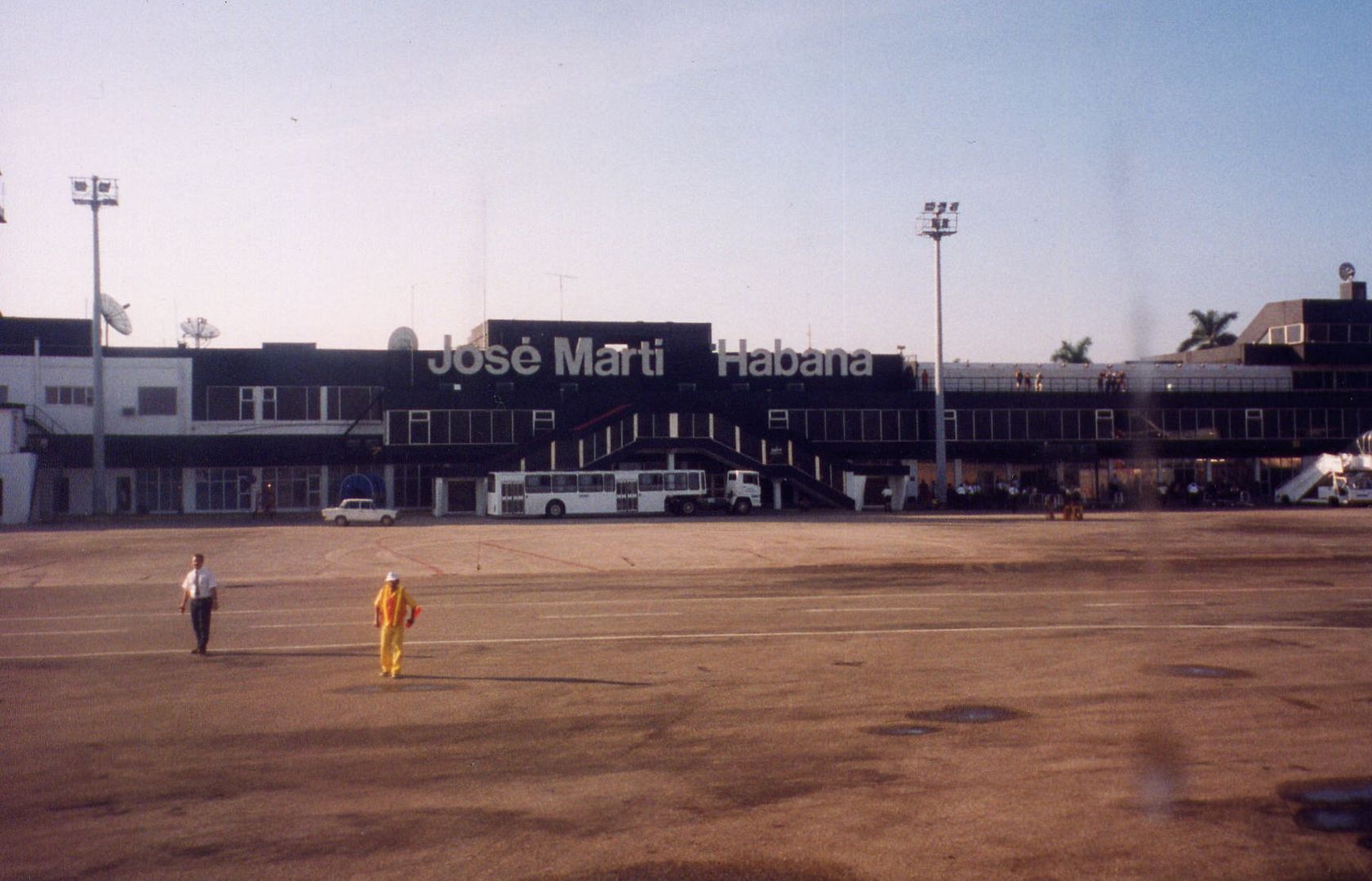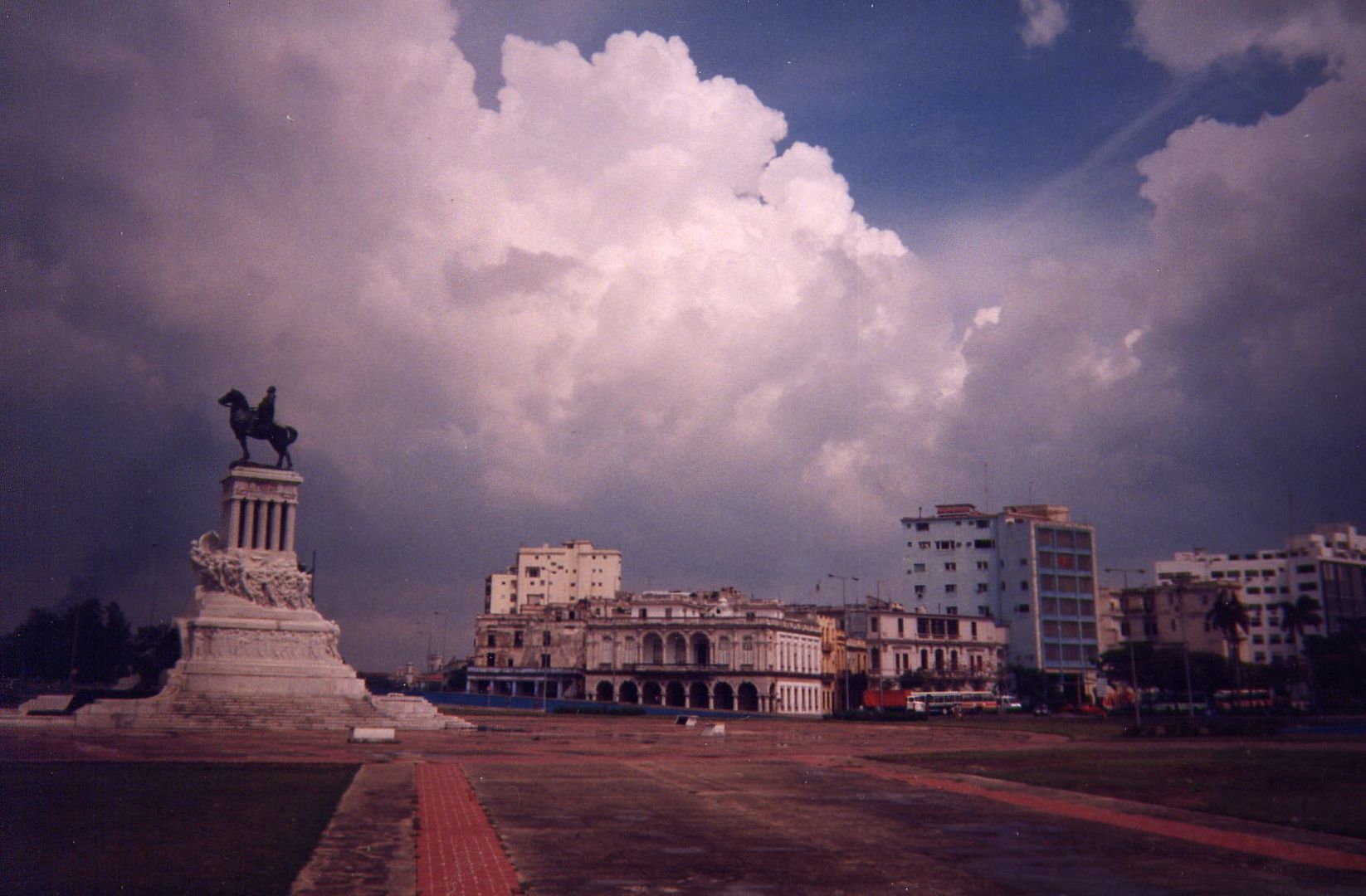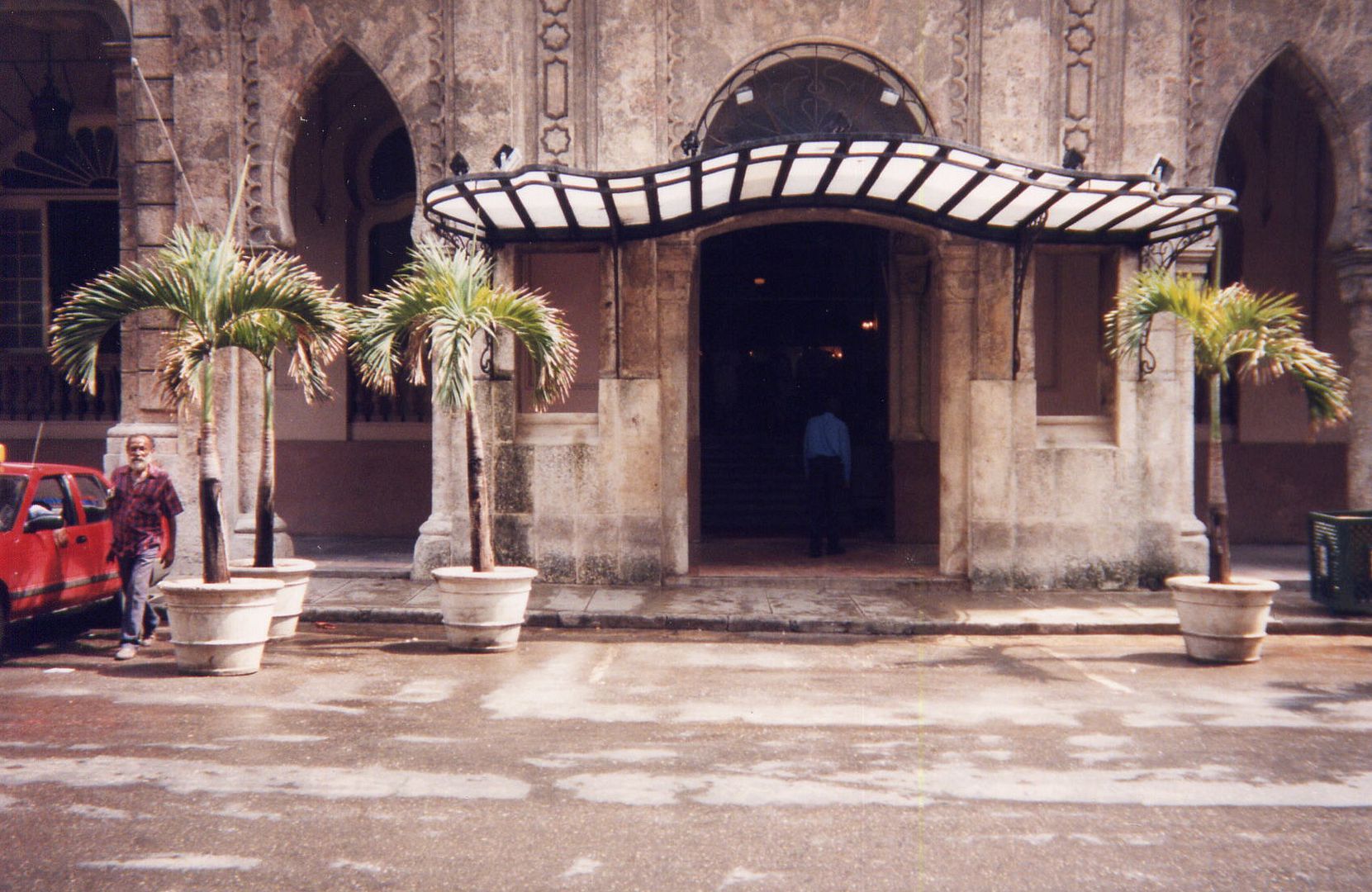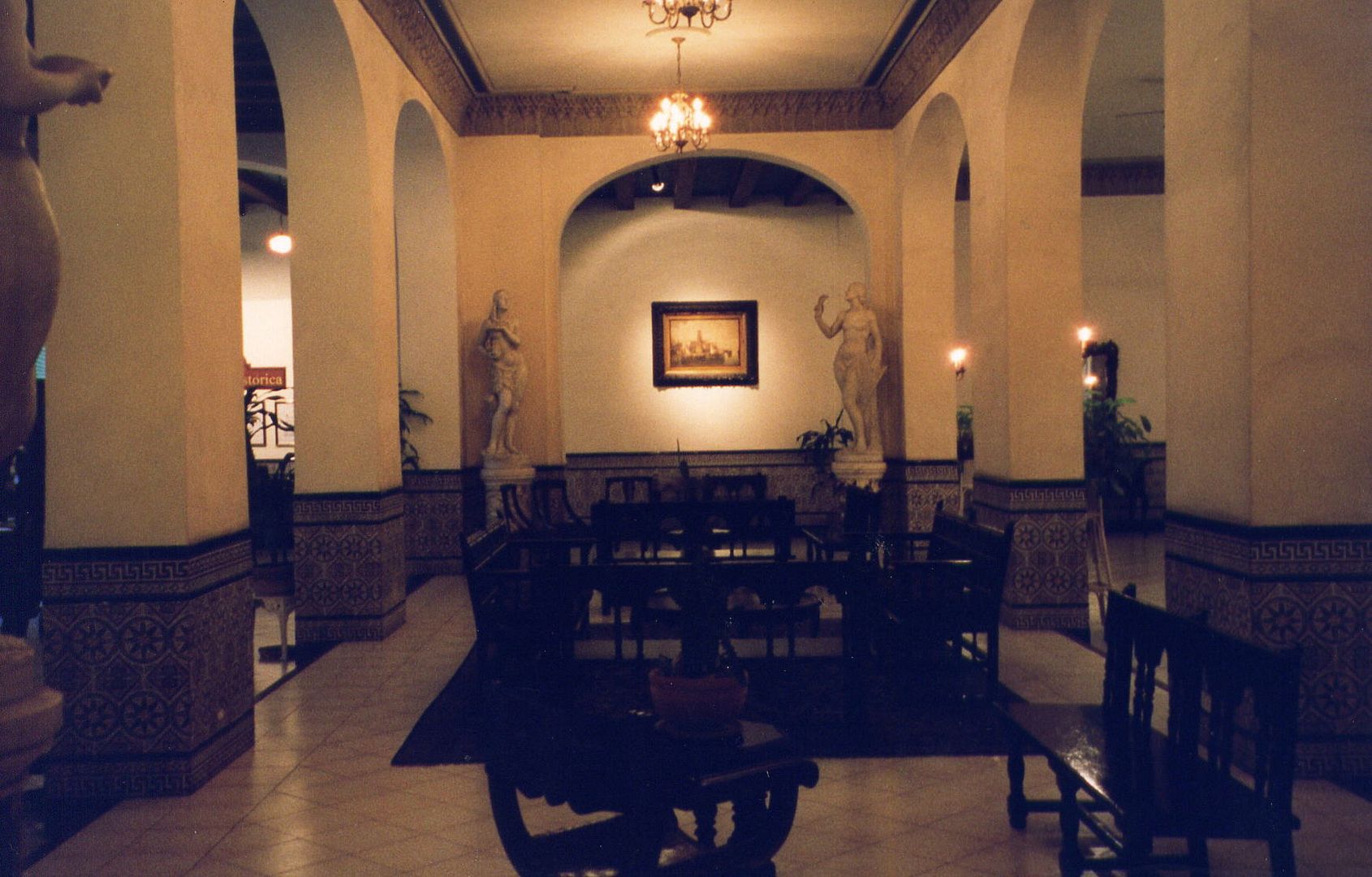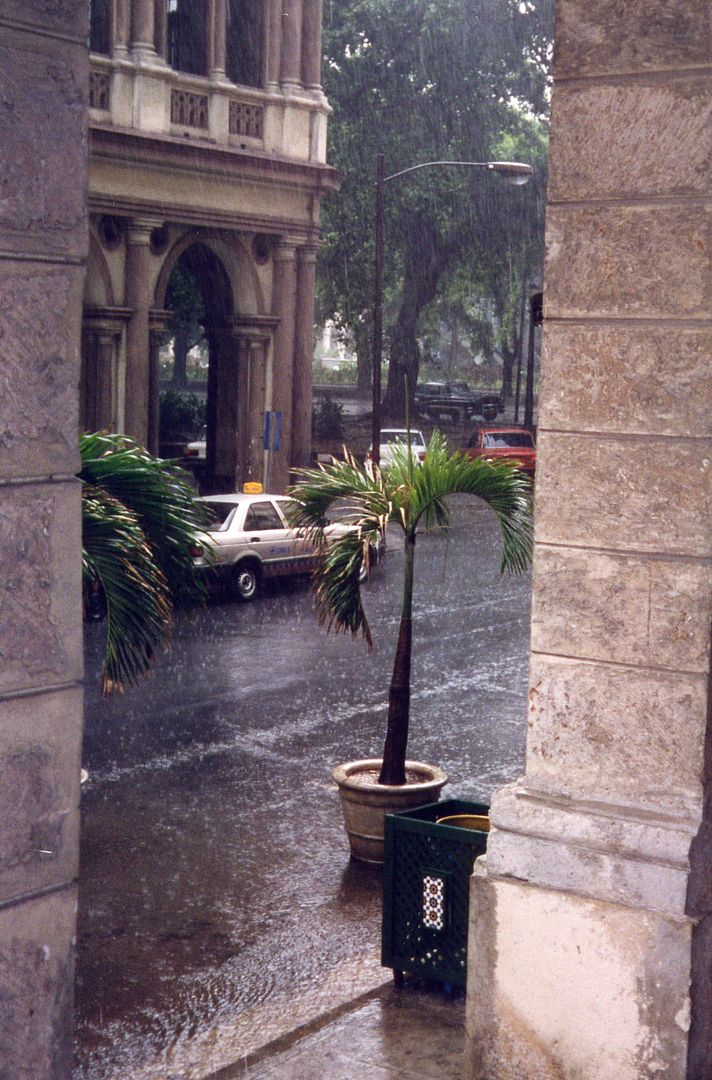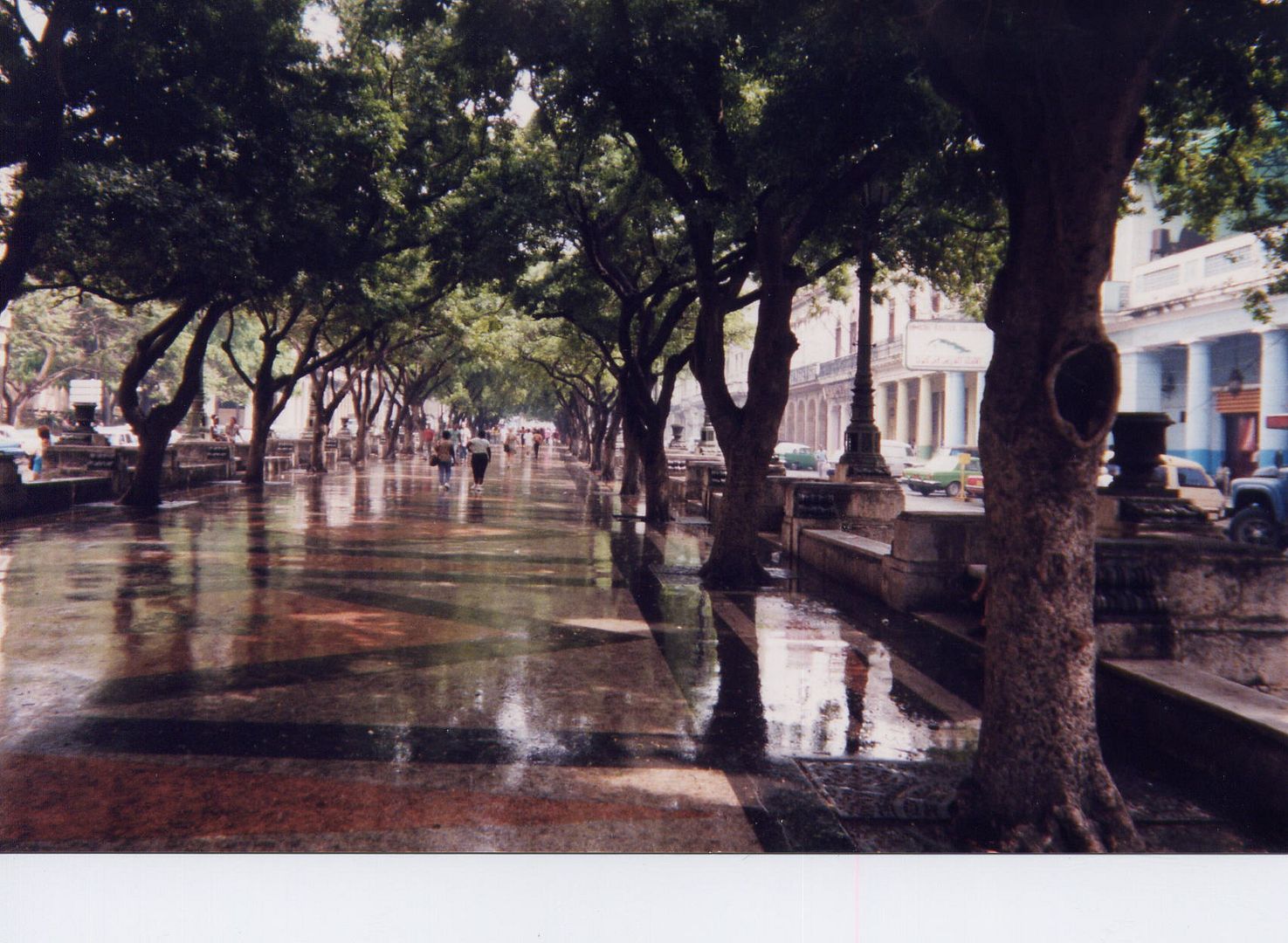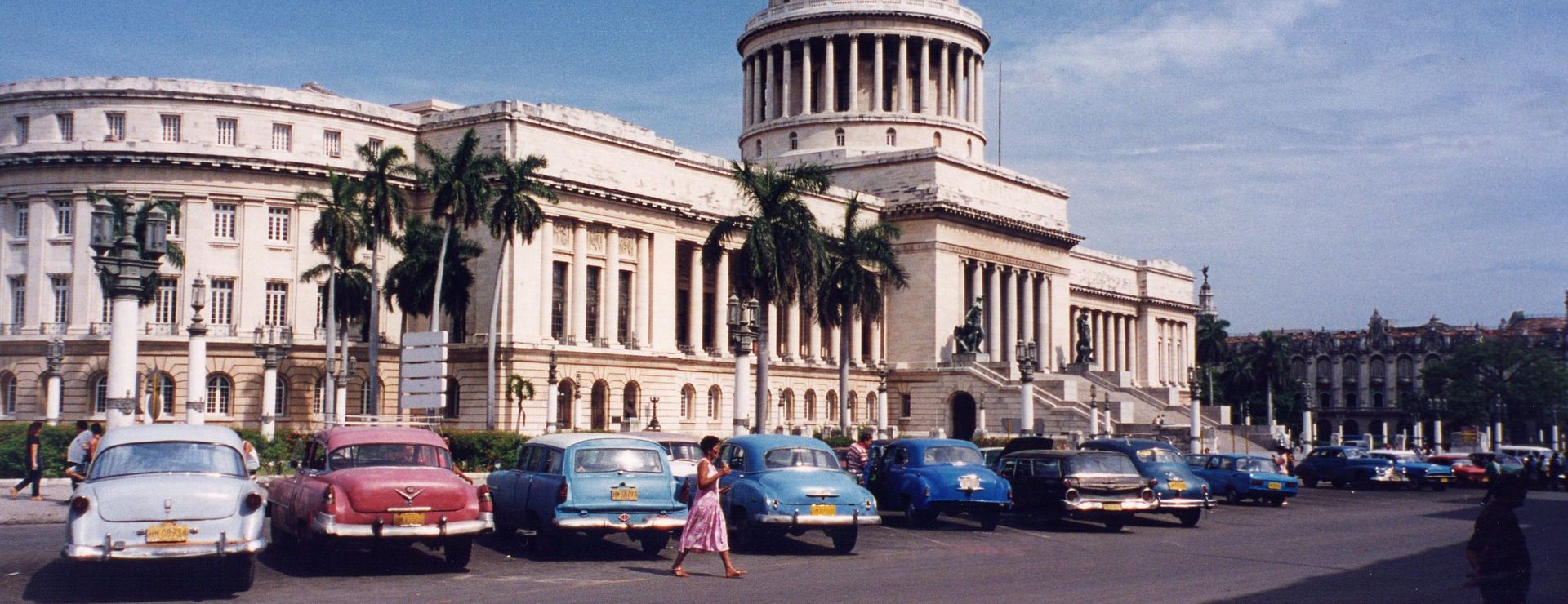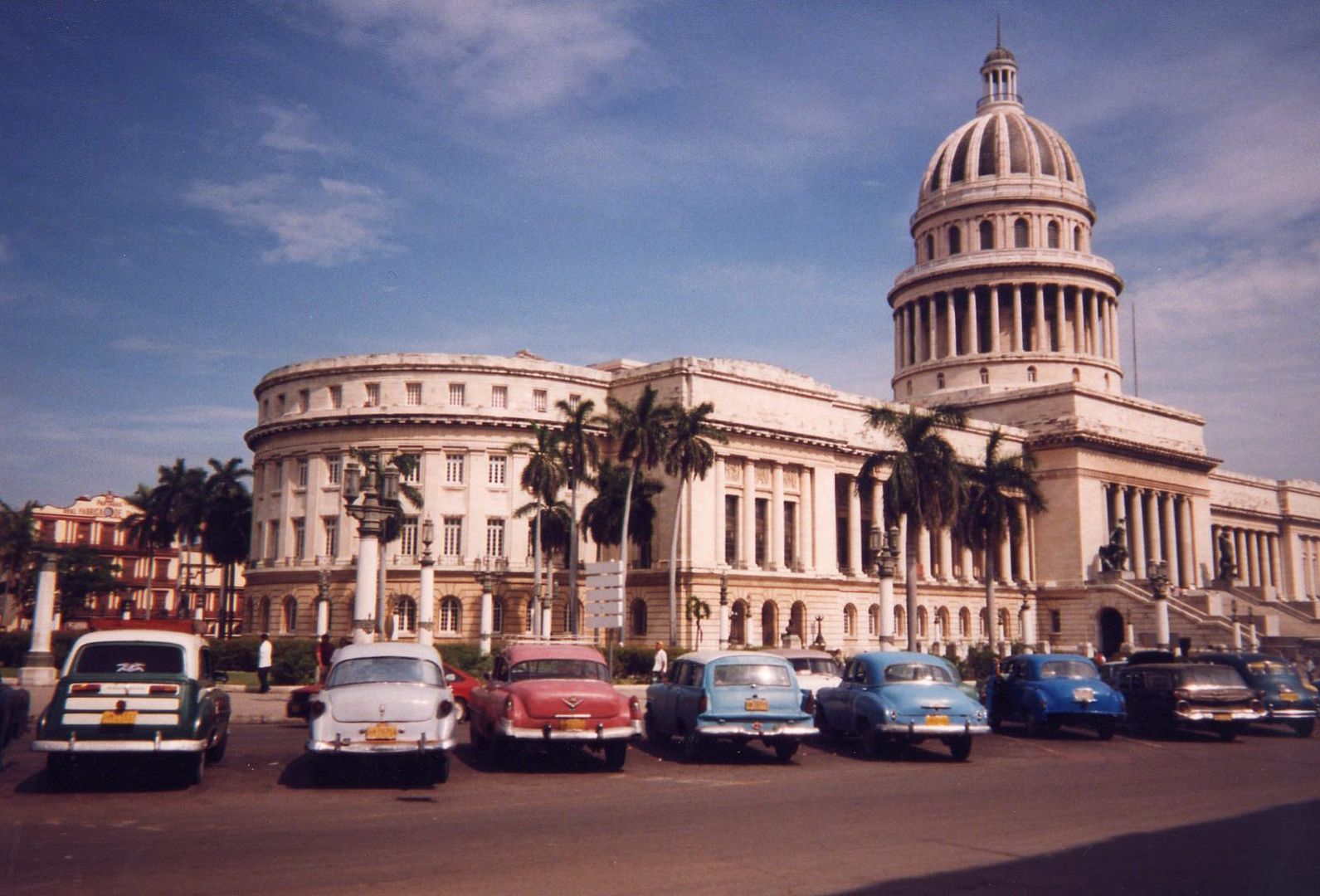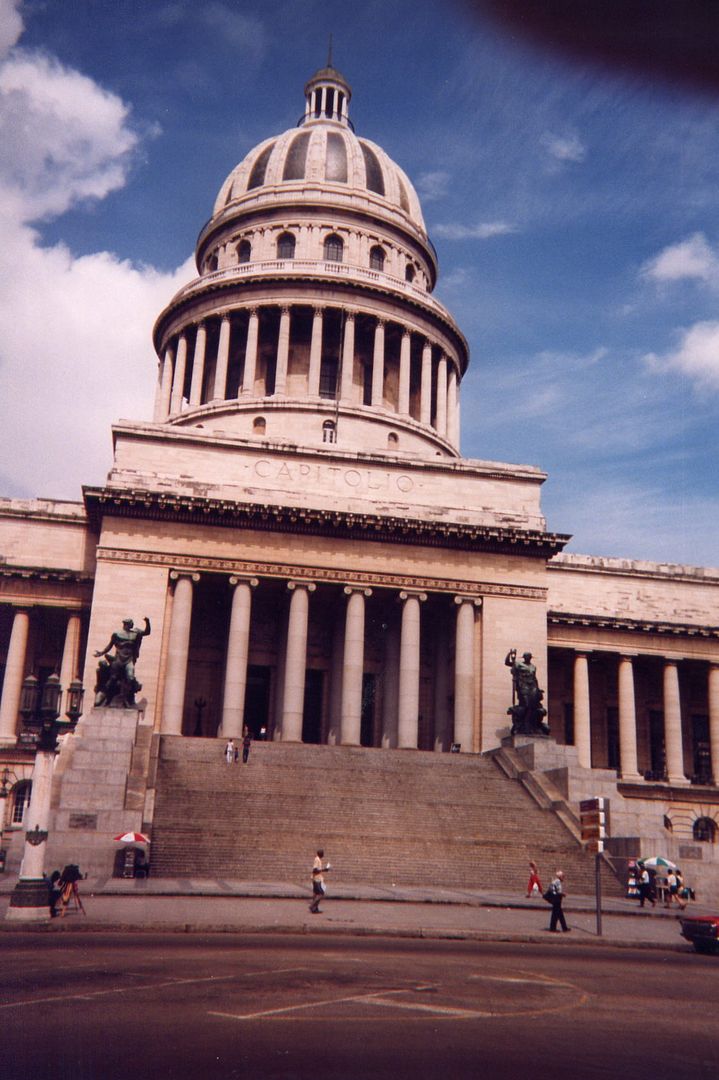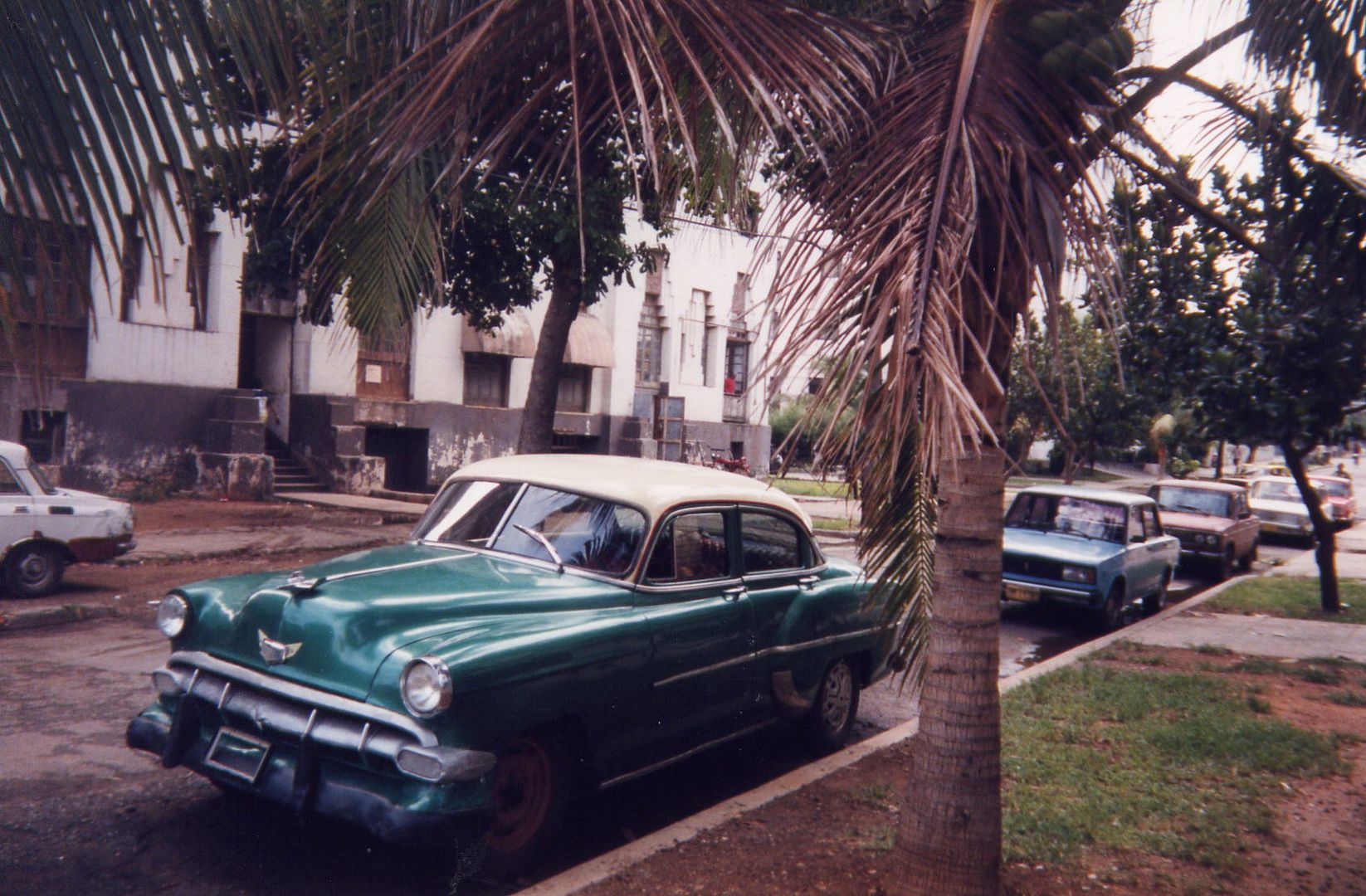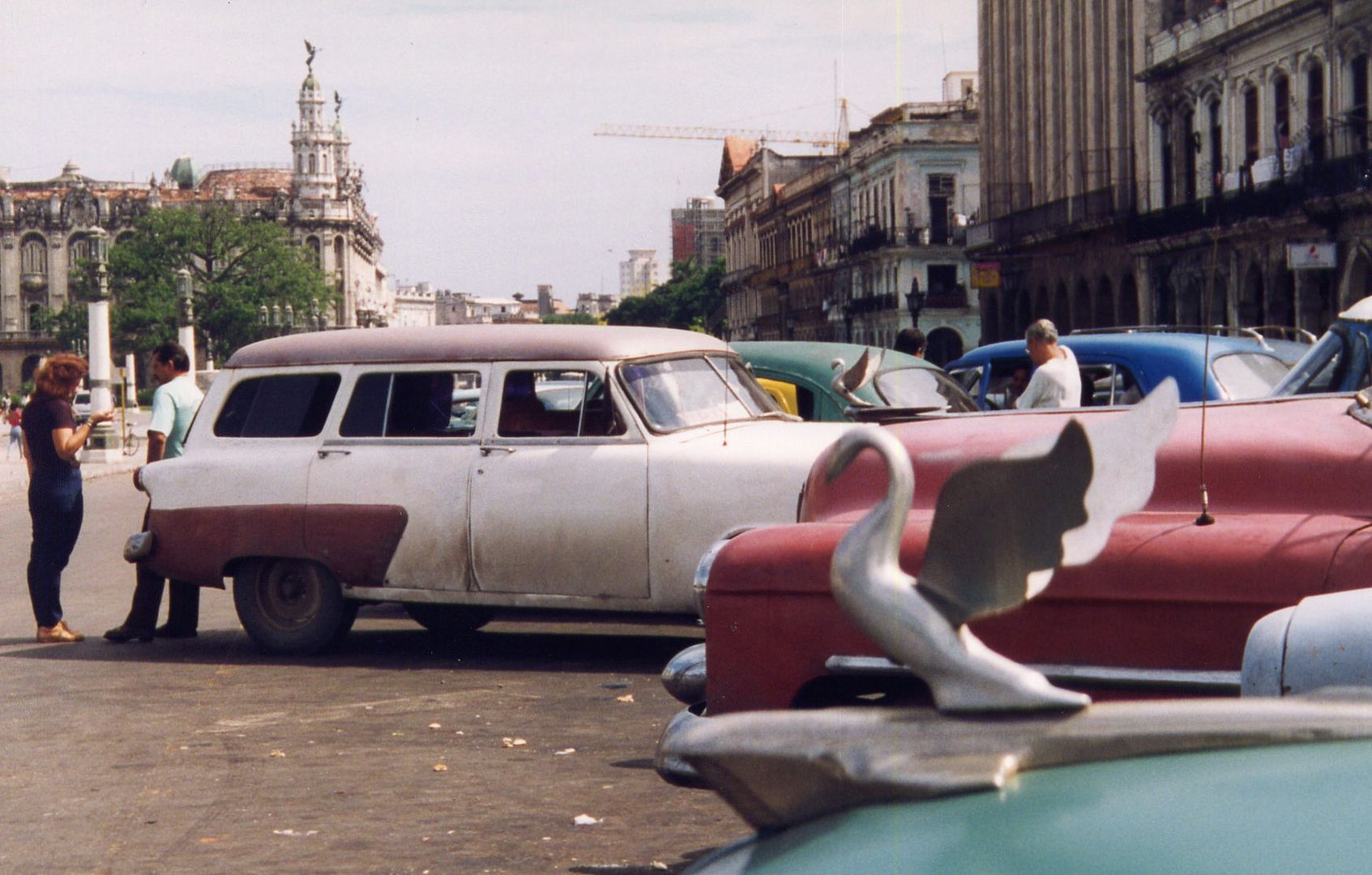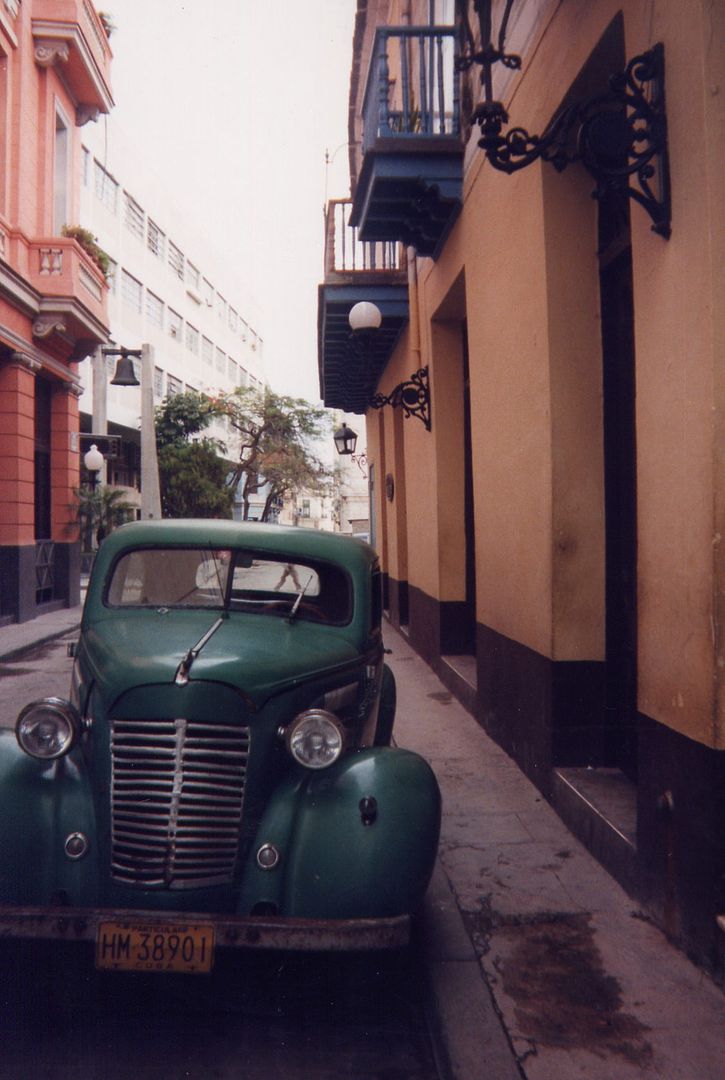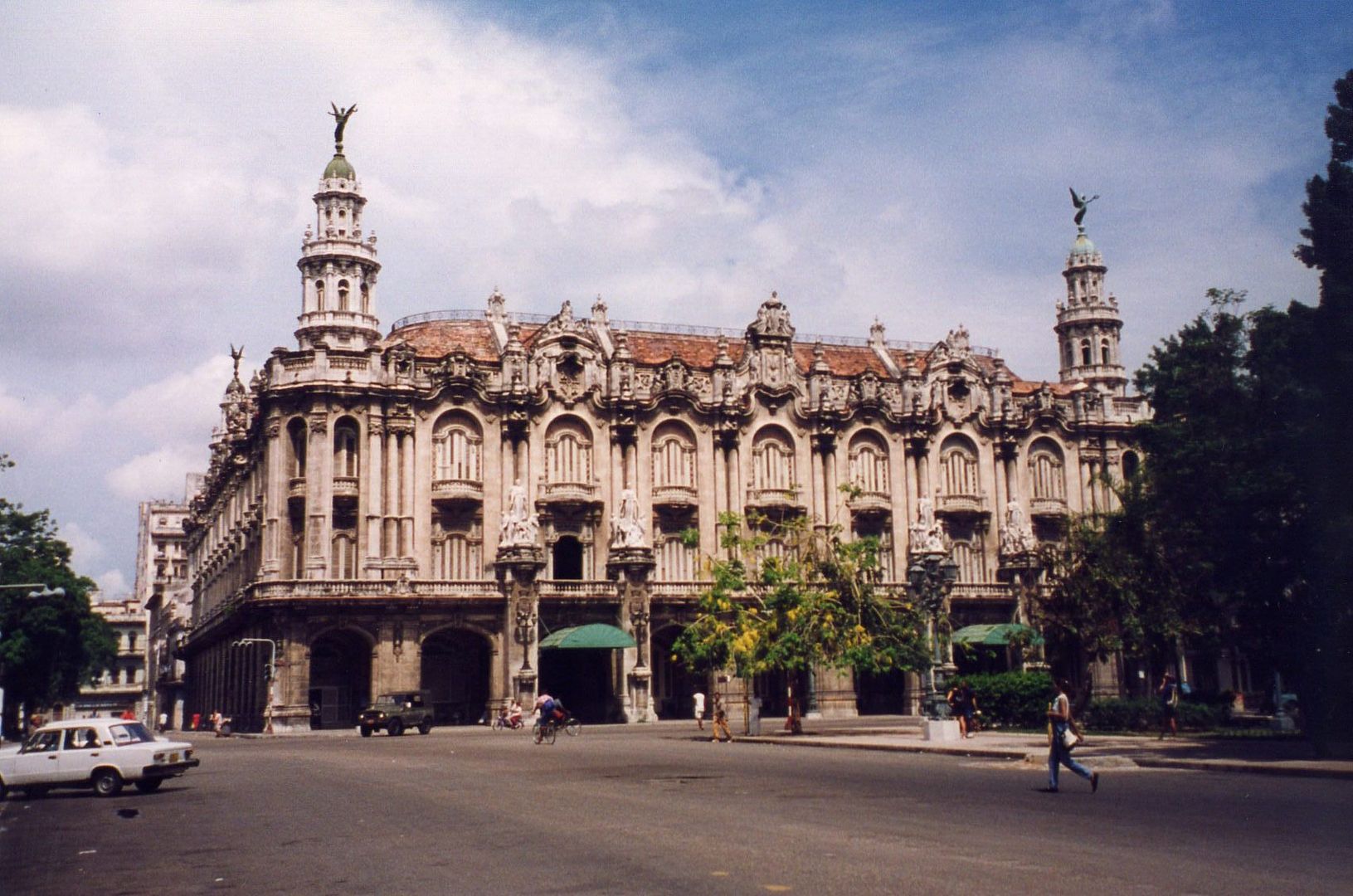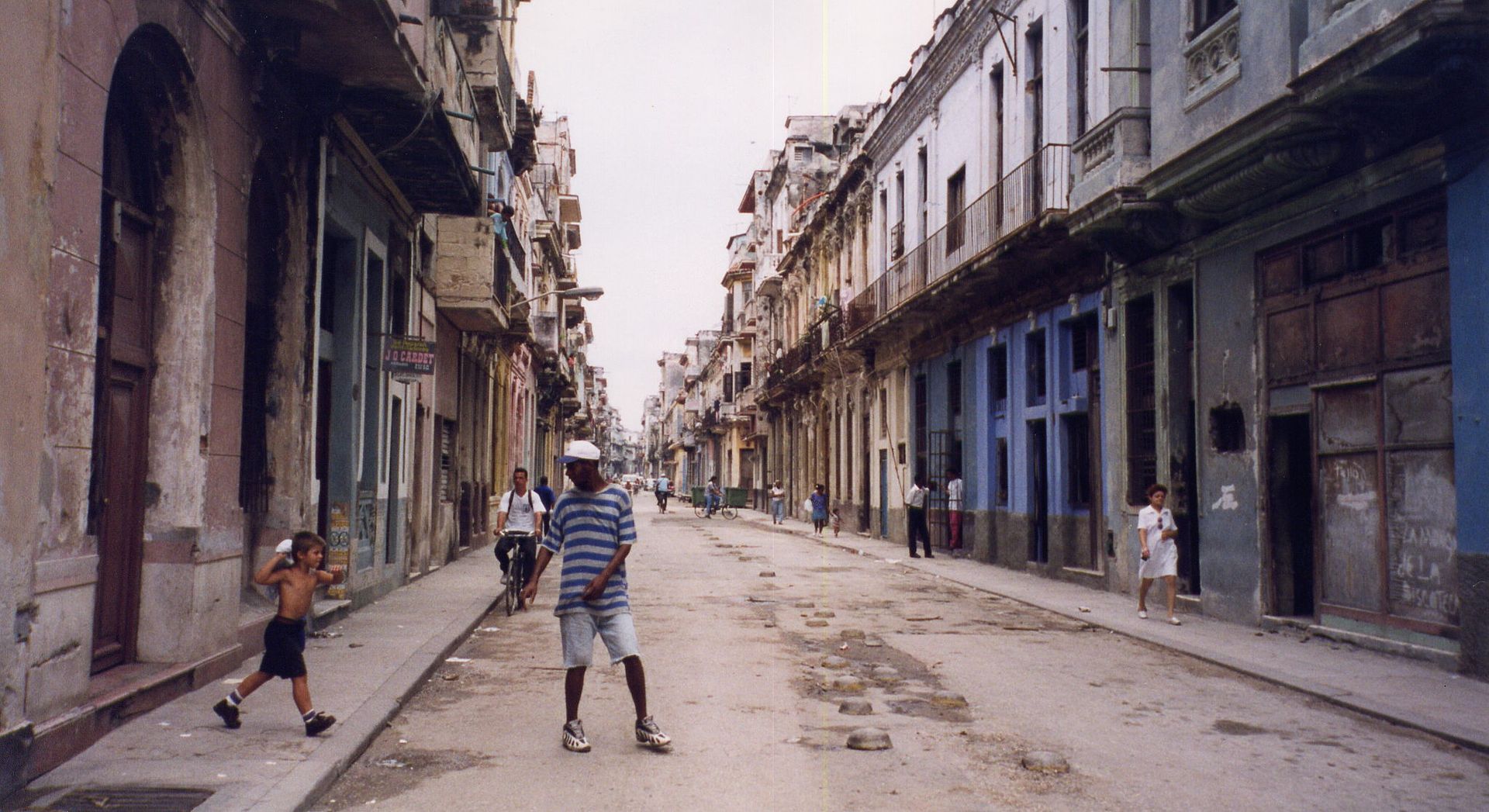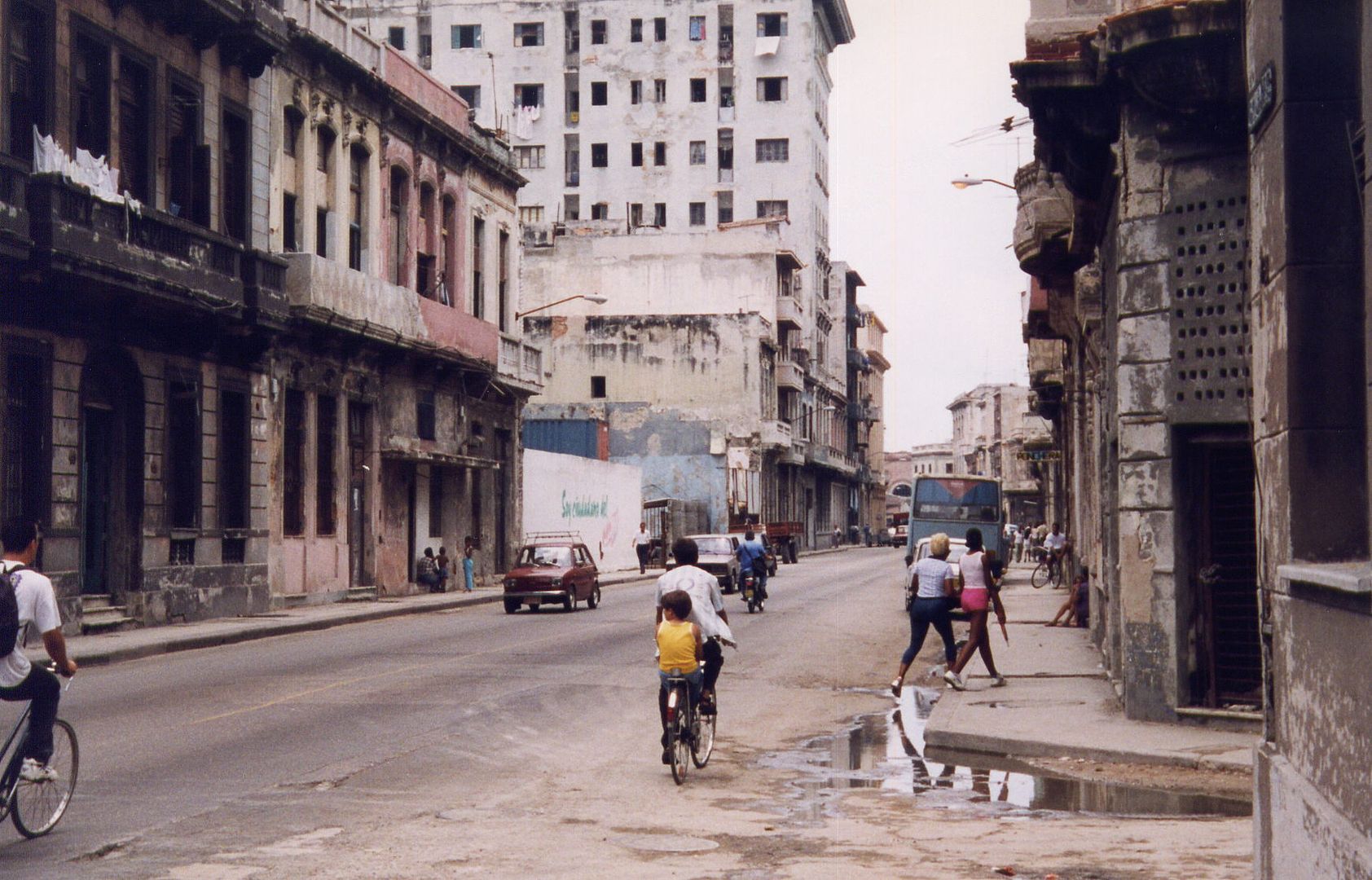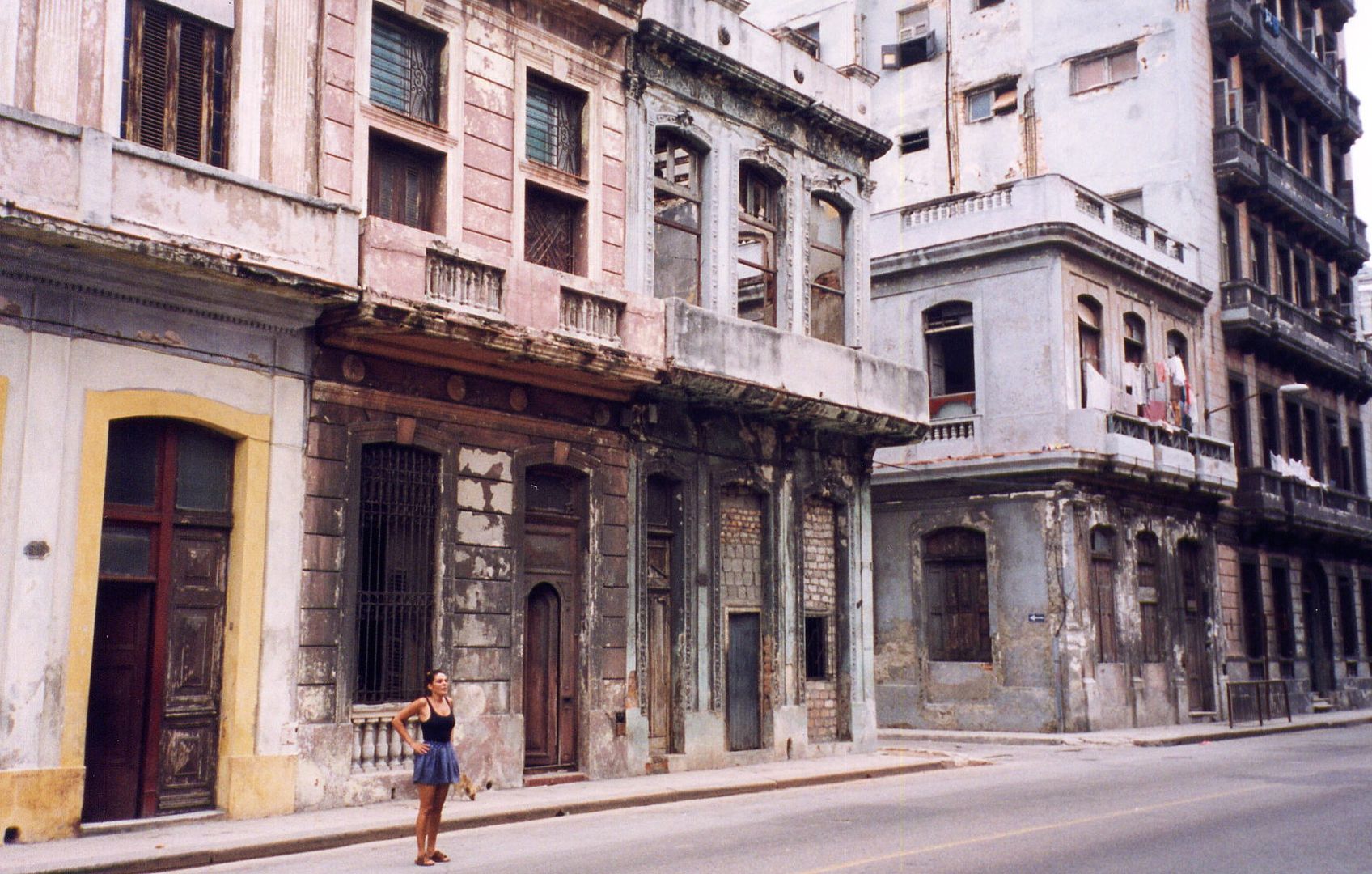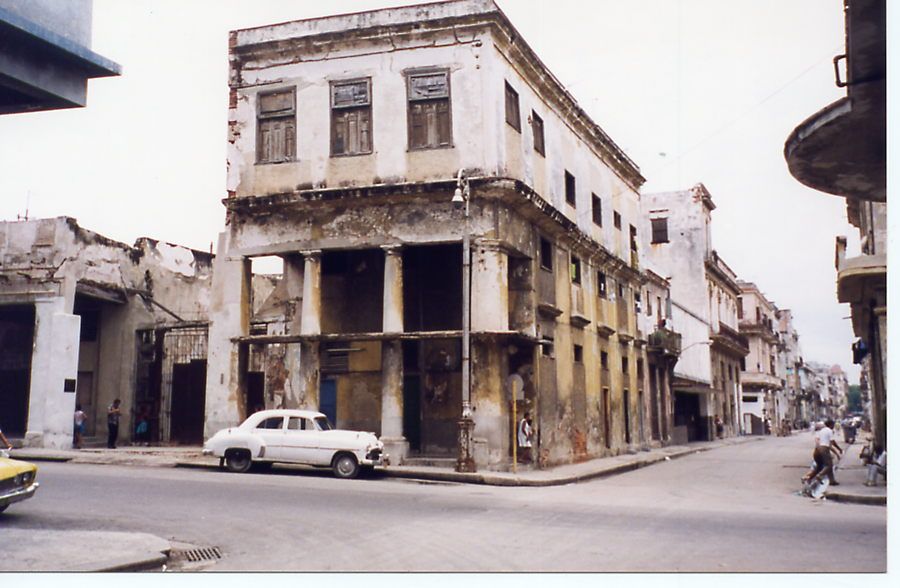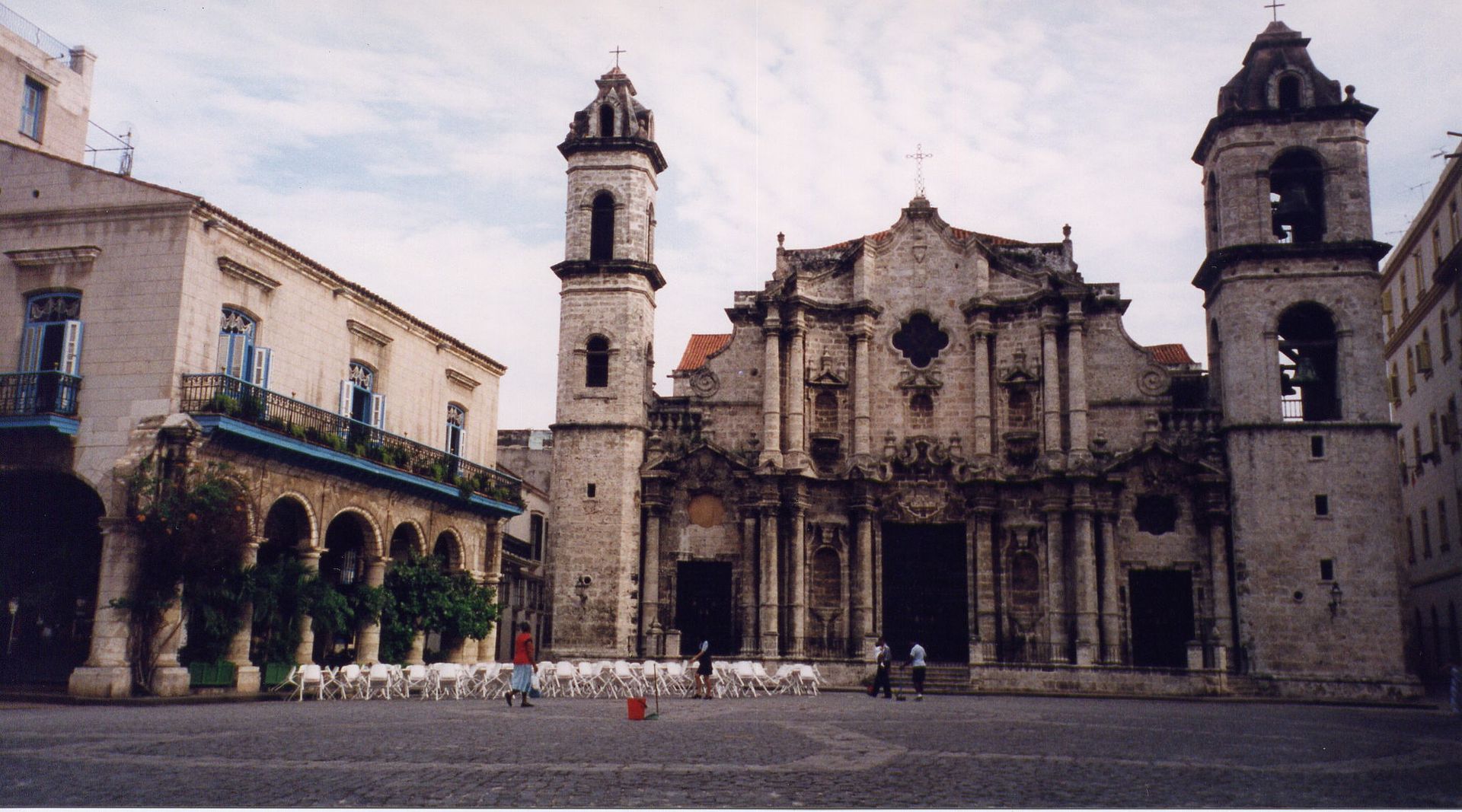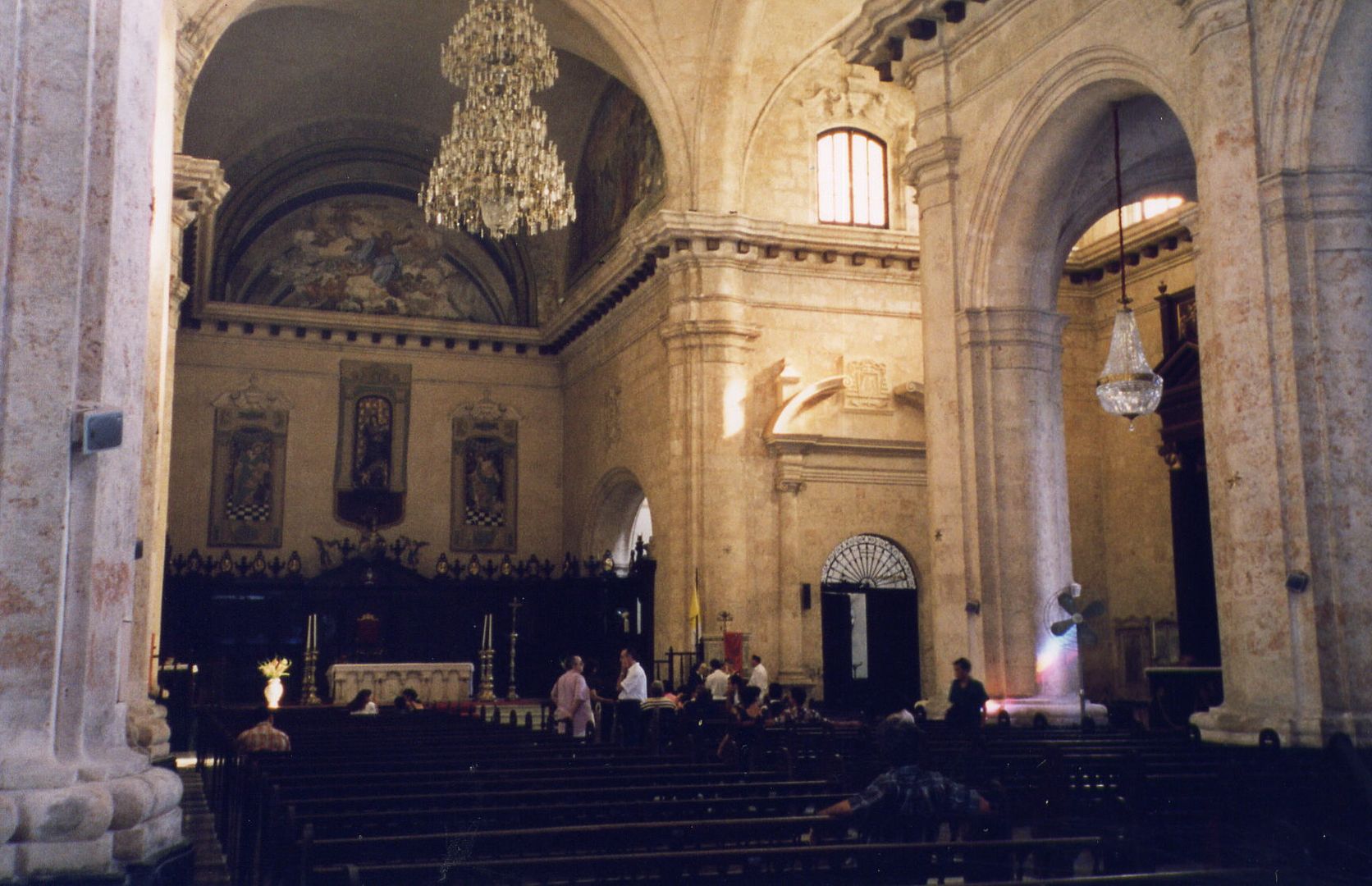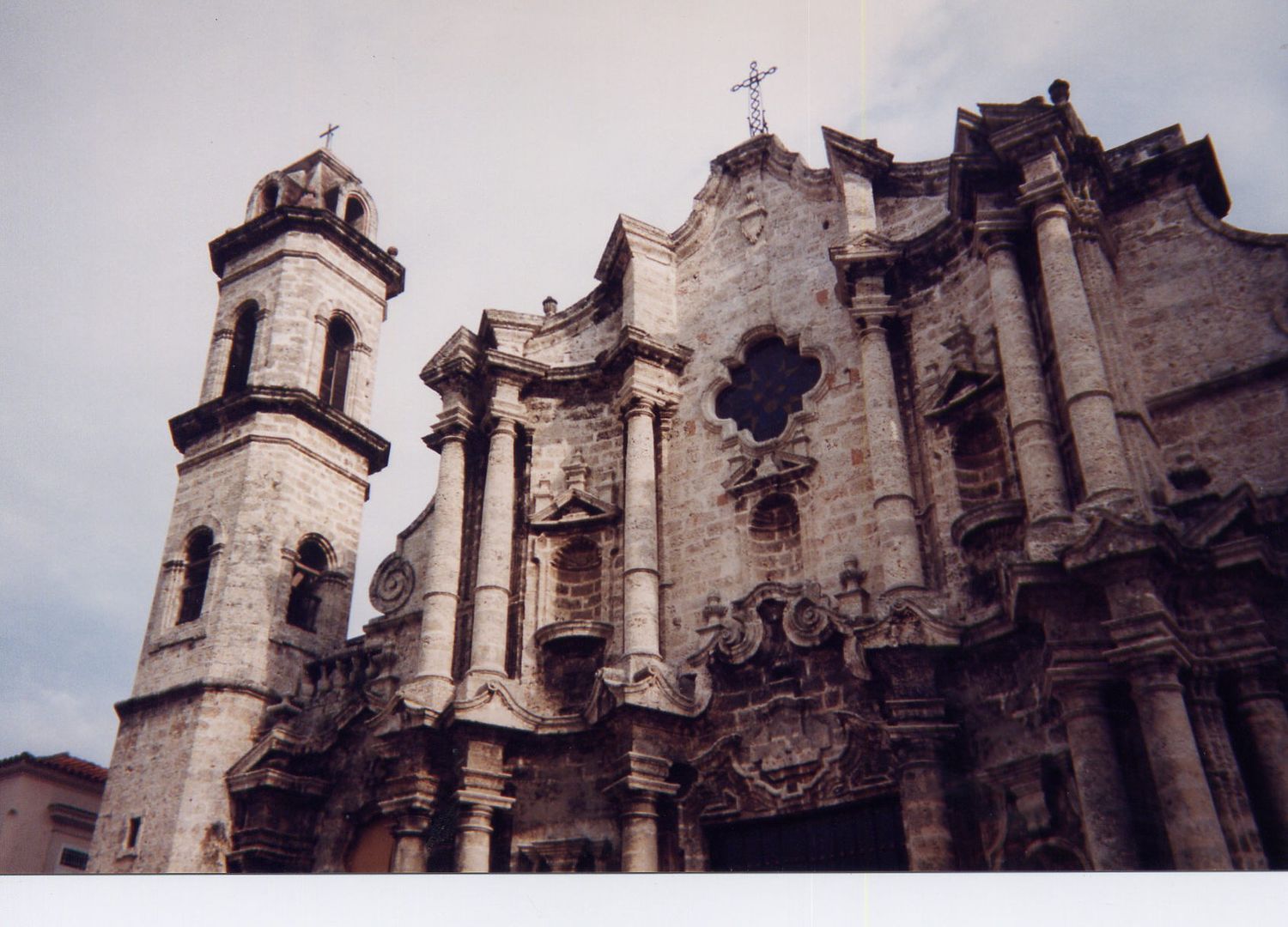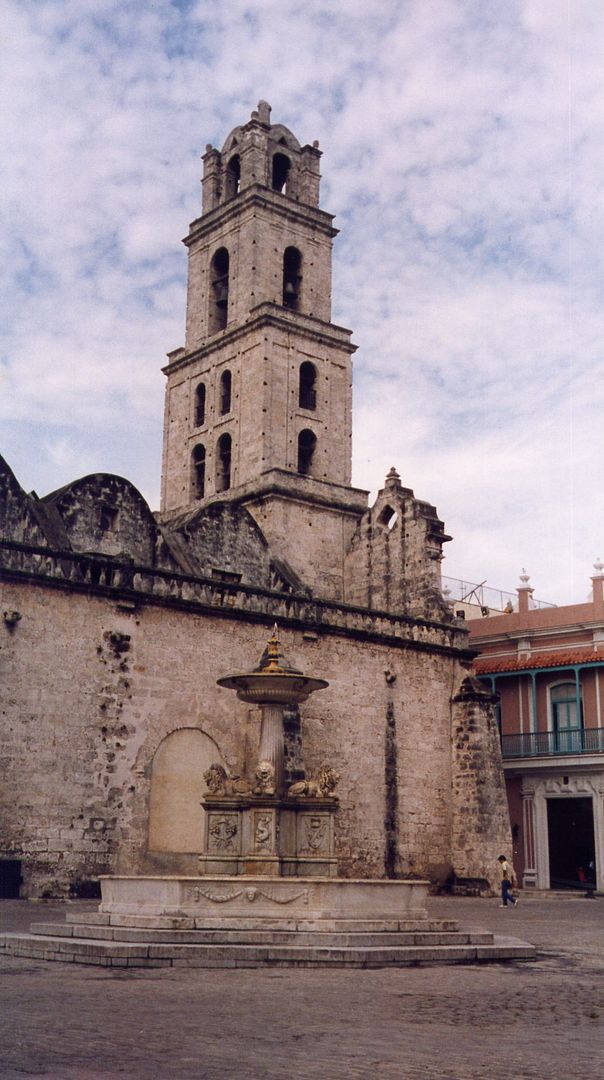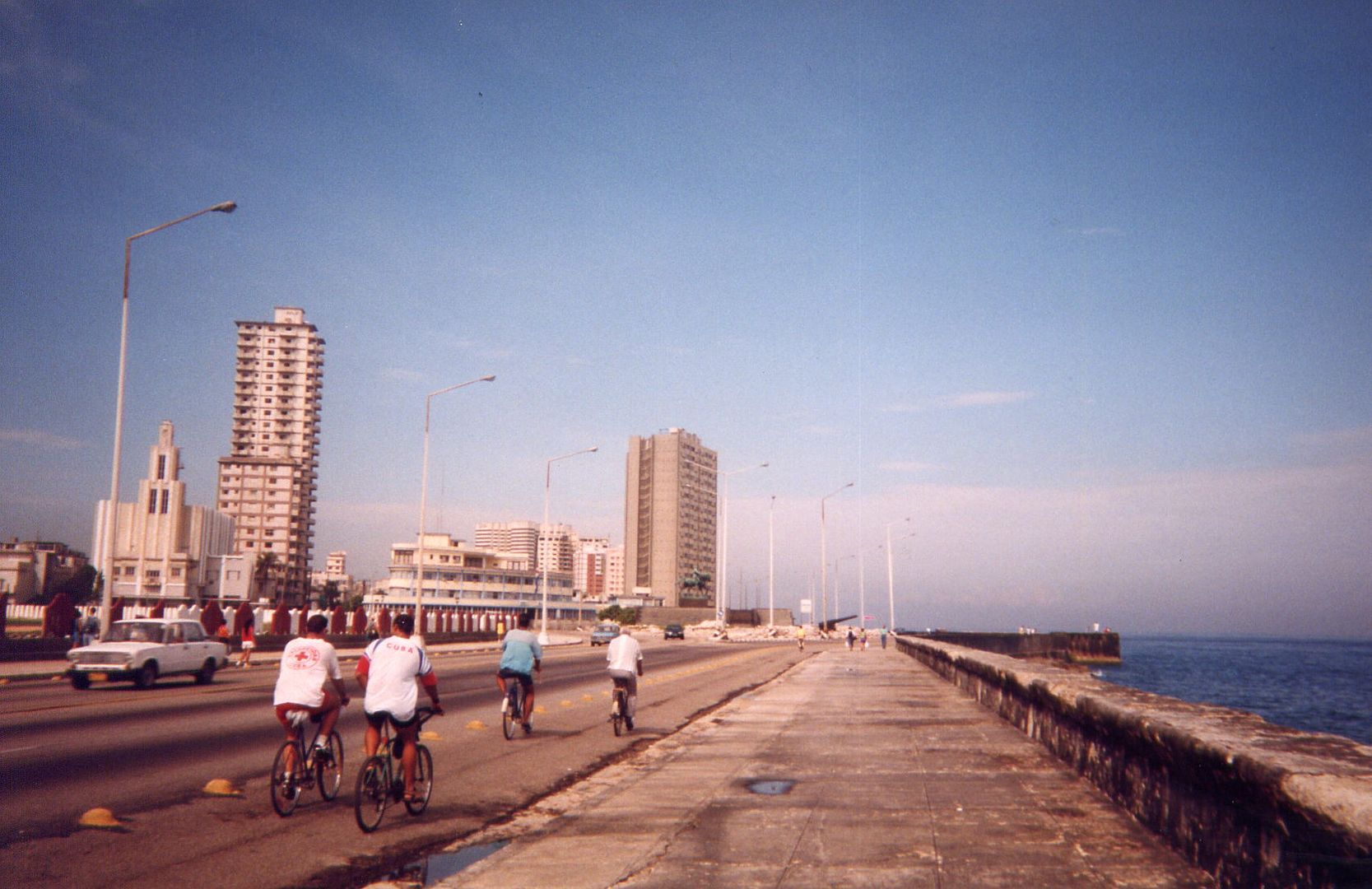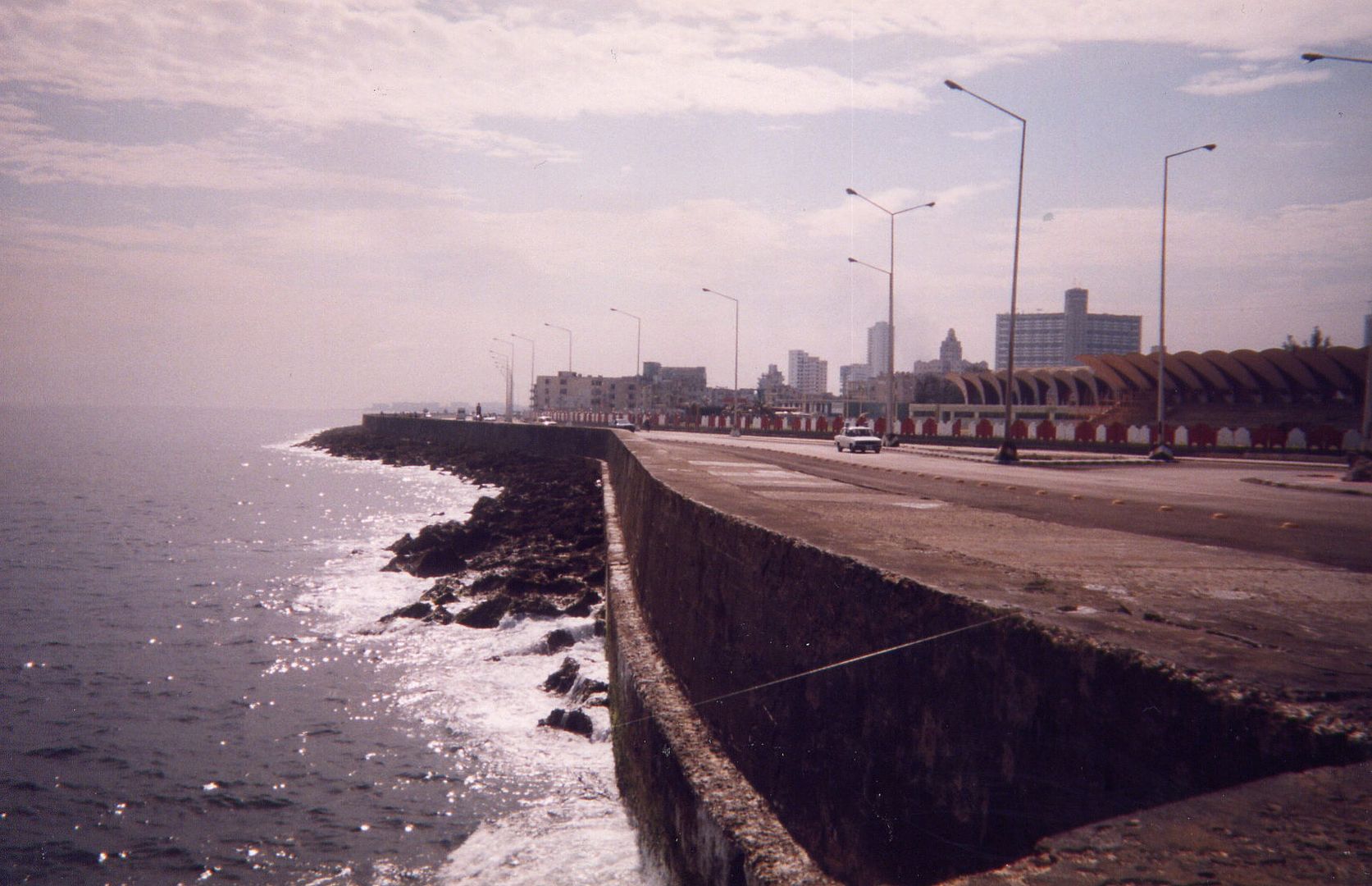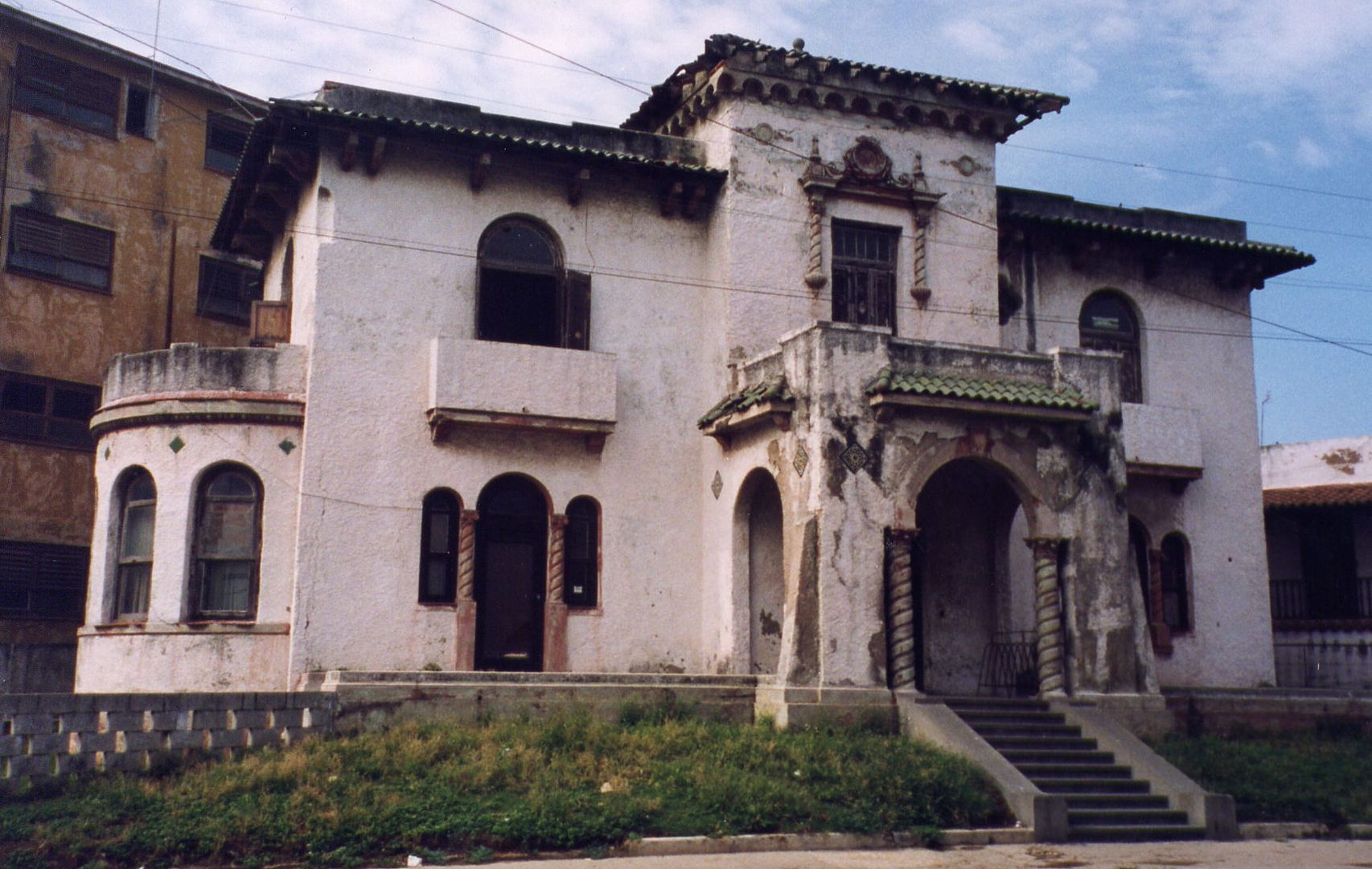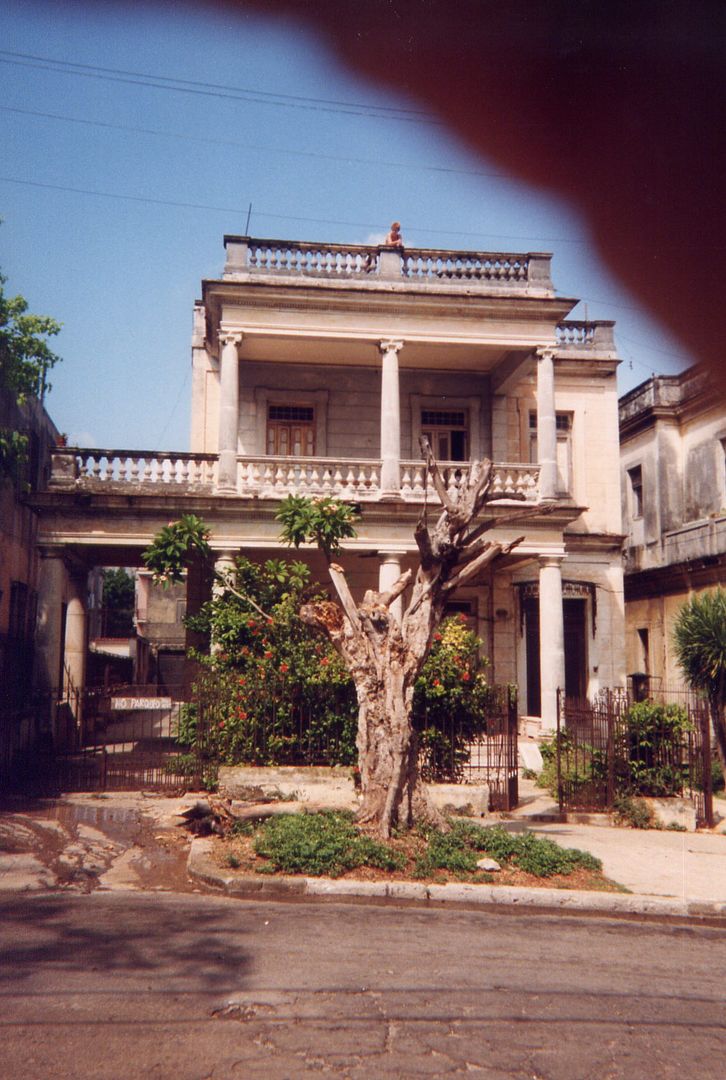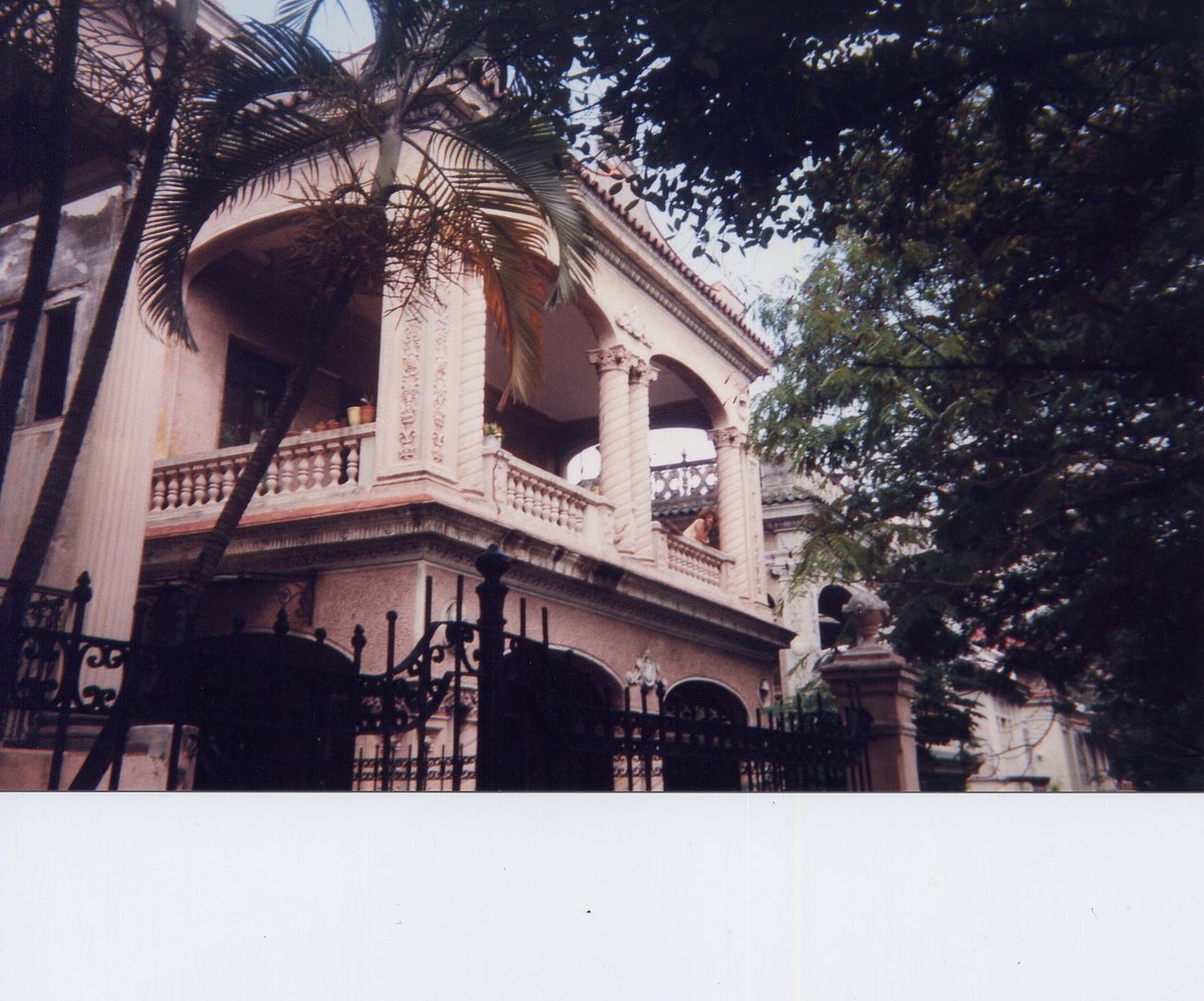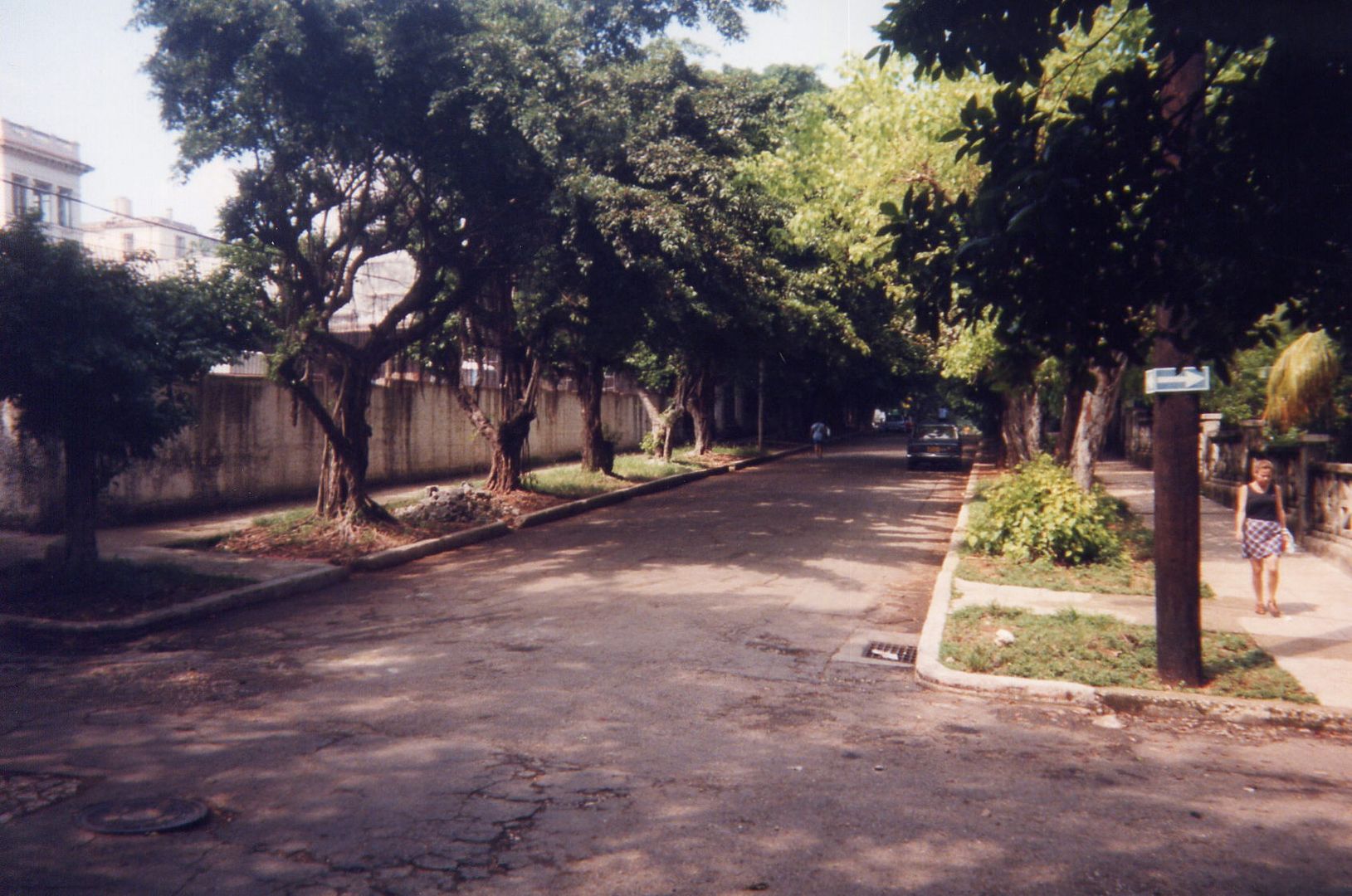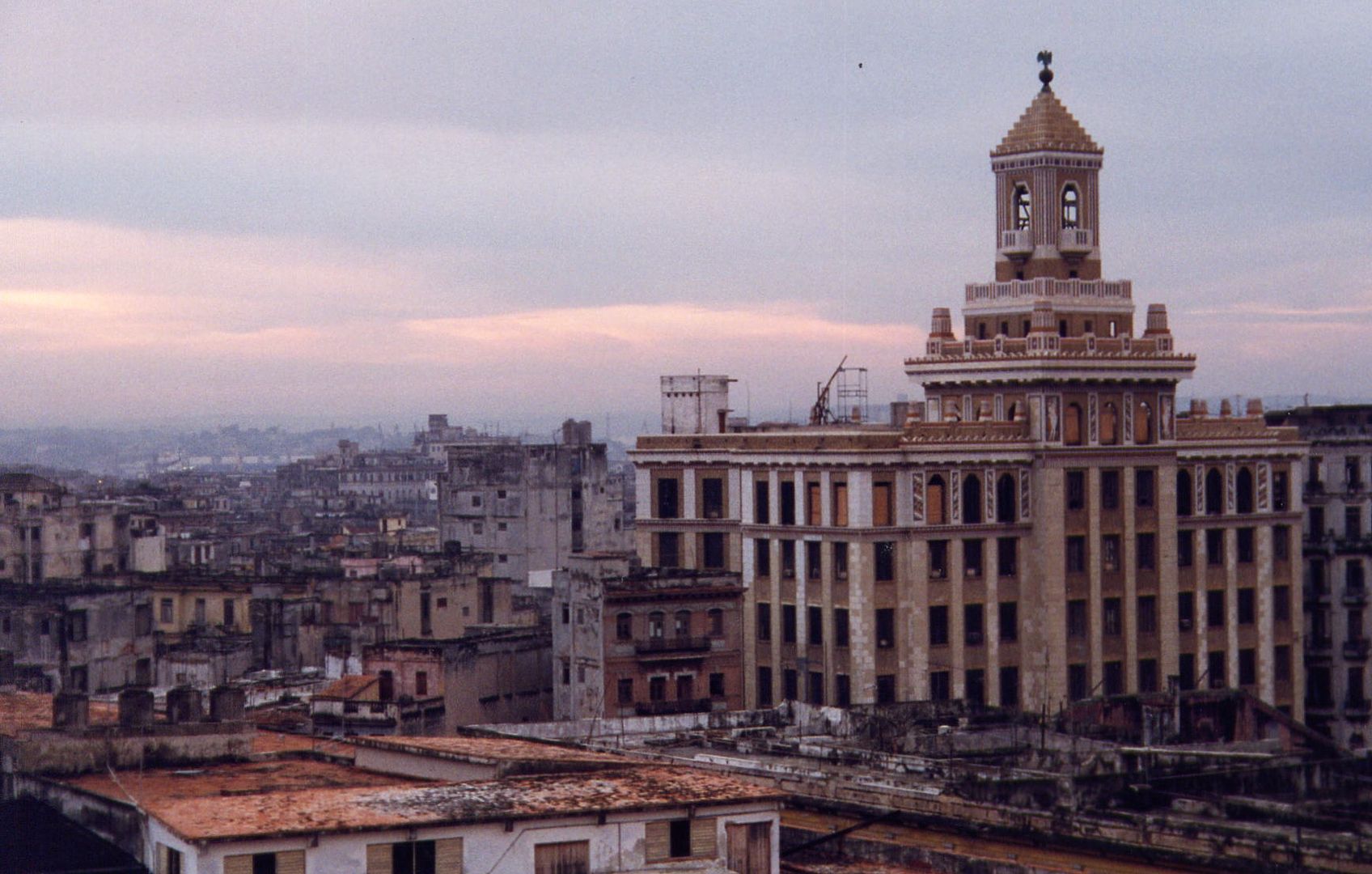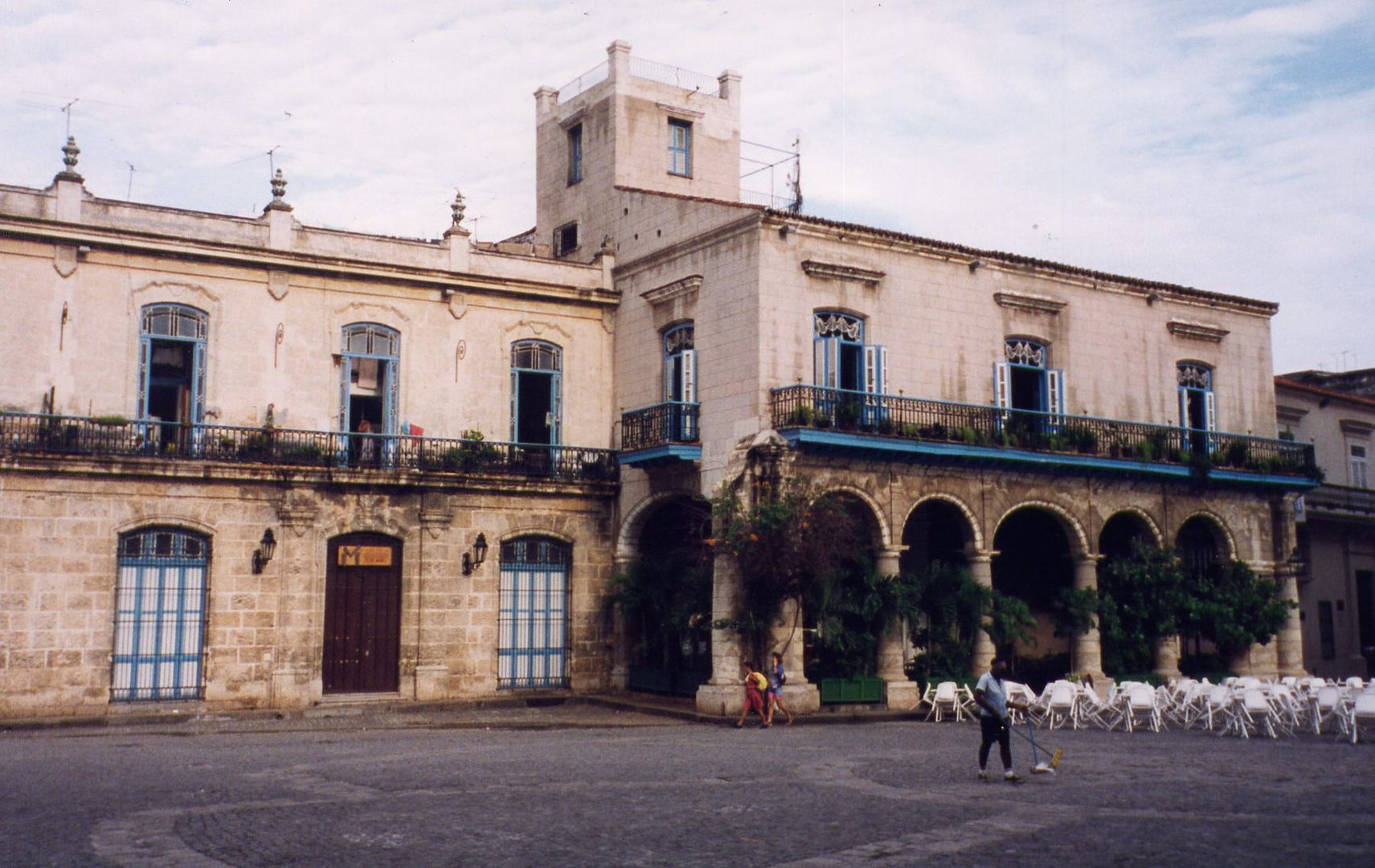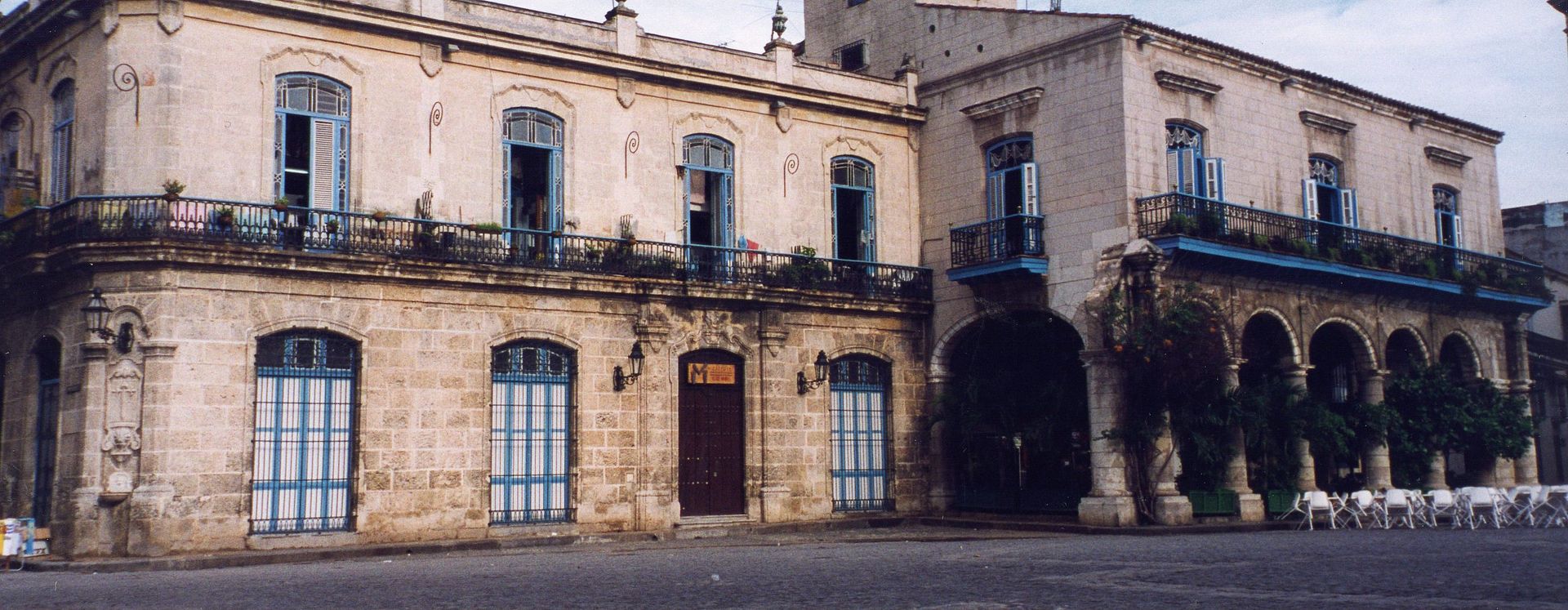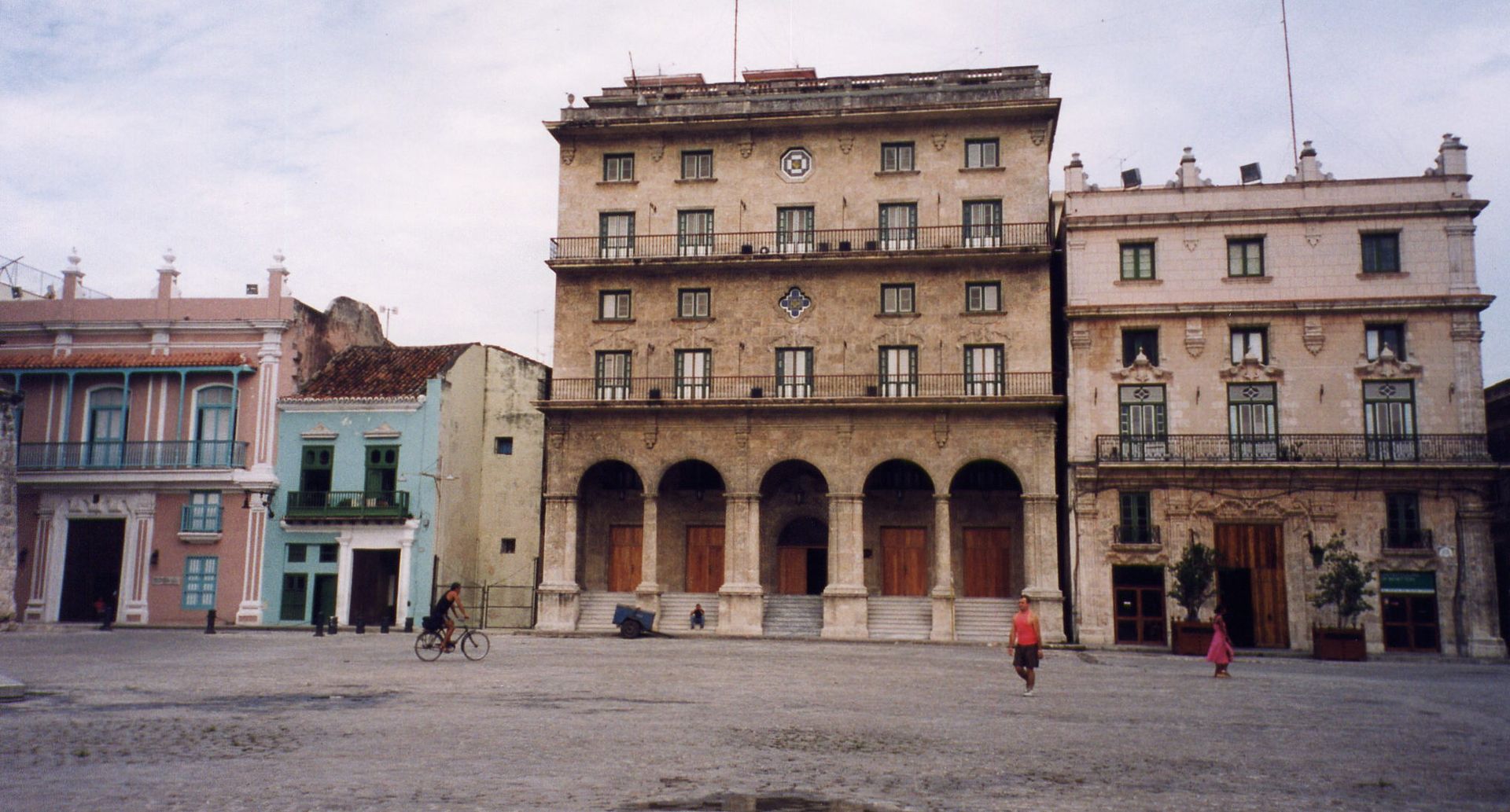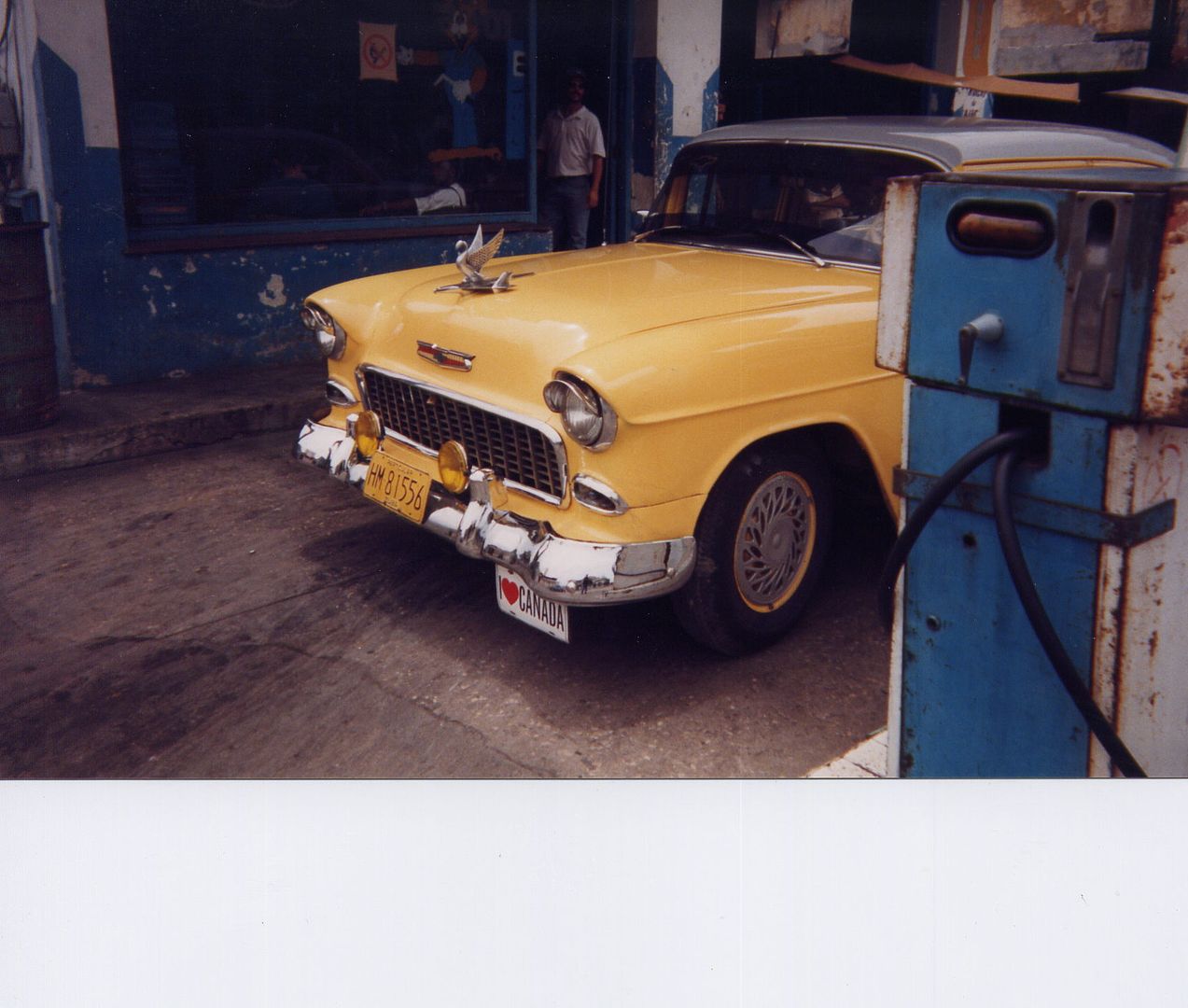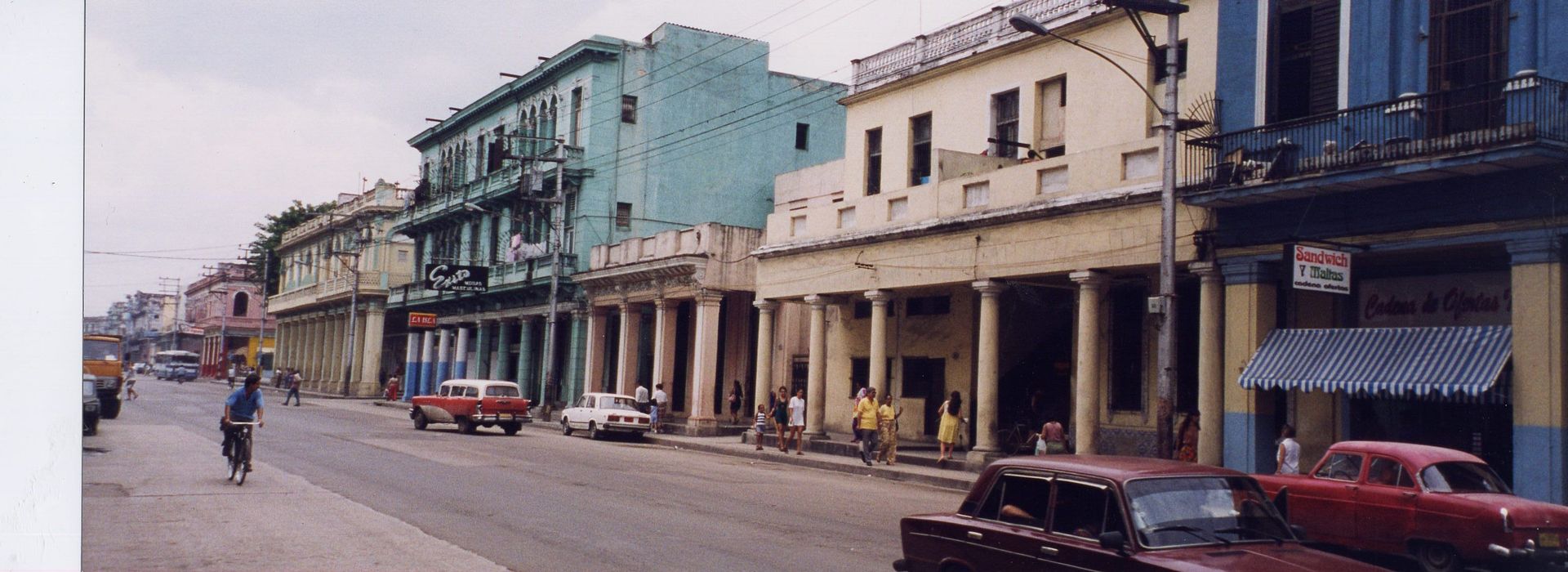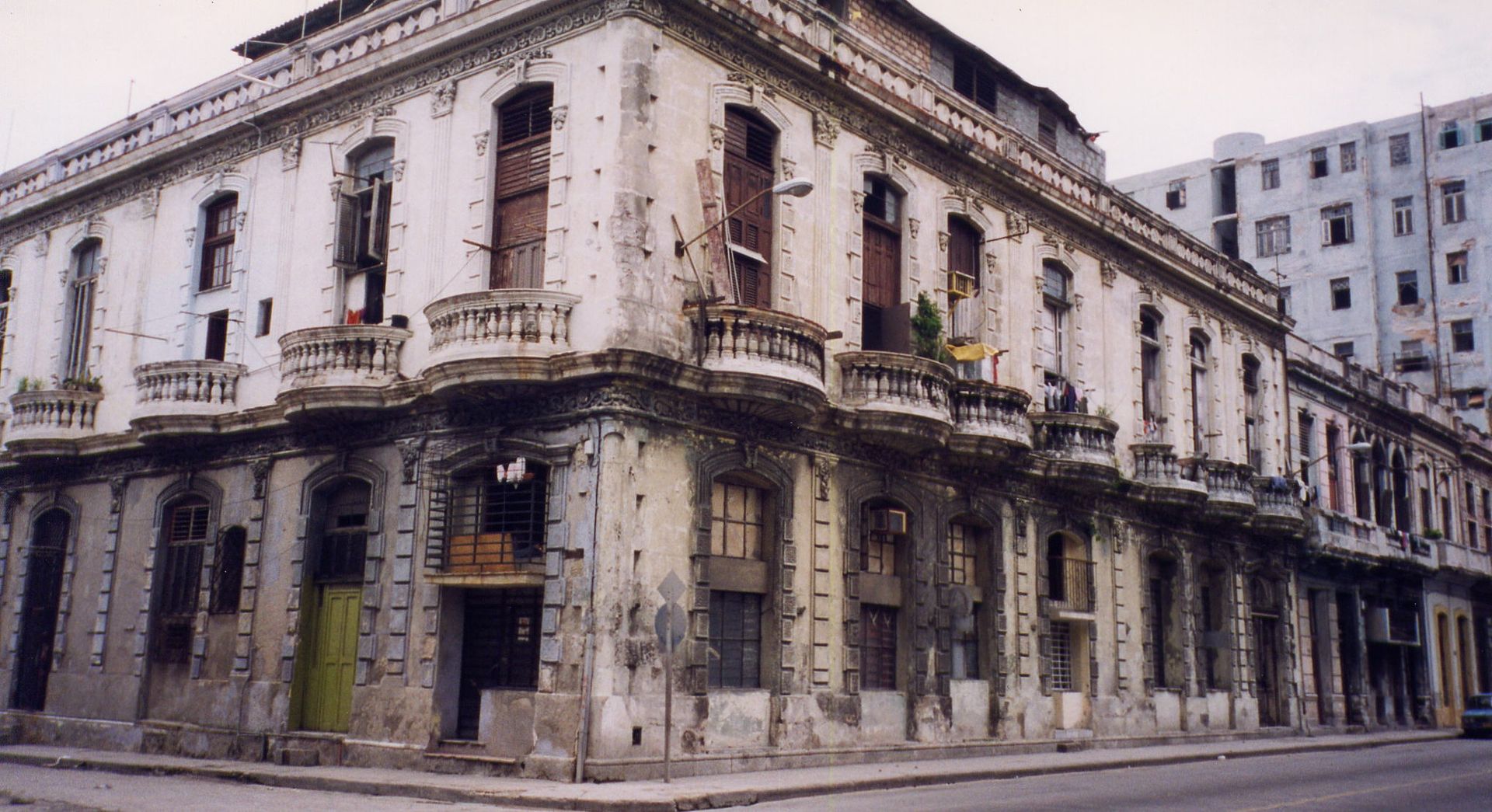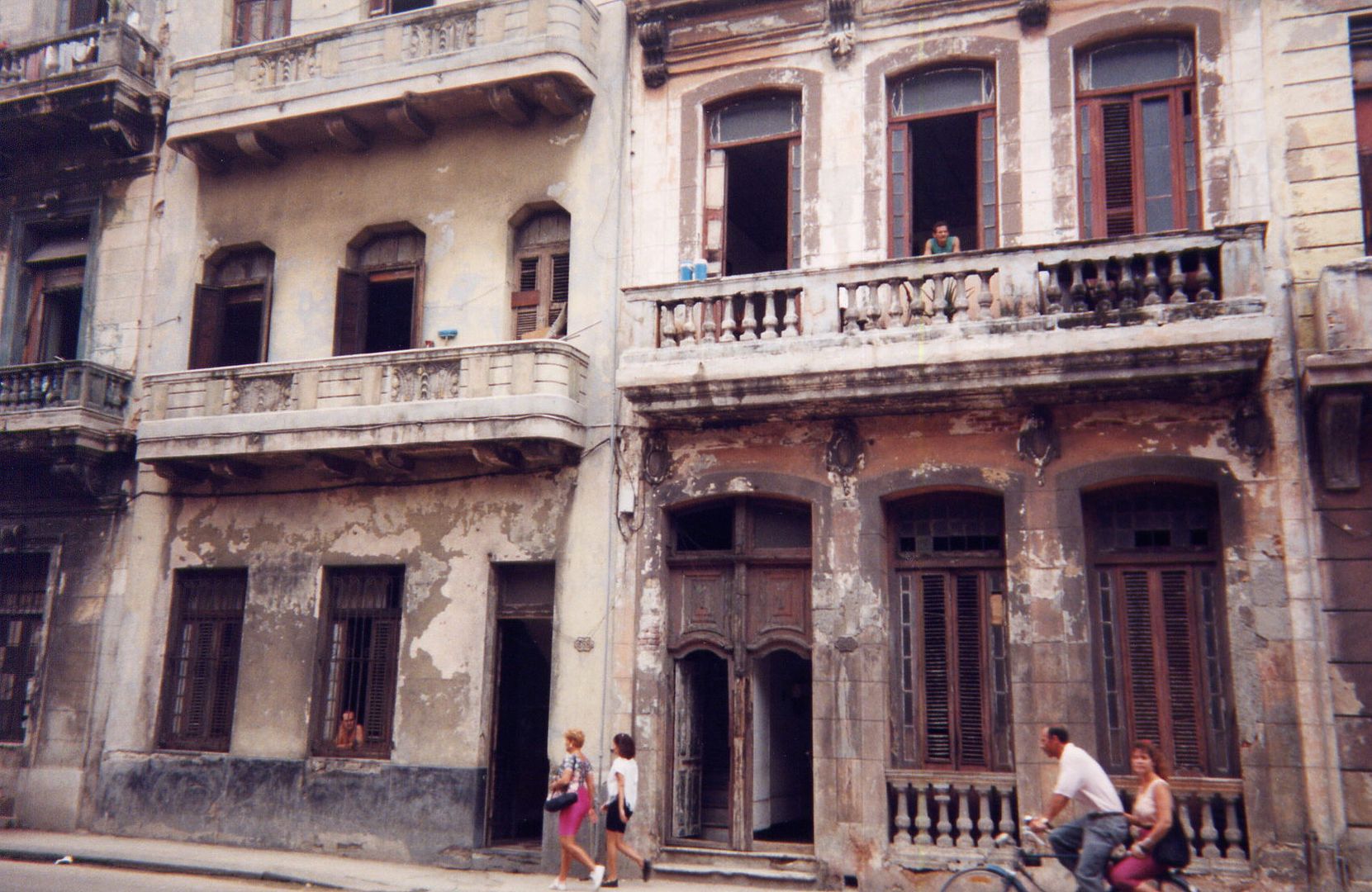|
|
Post by Deleted on Jul 10, 2010 5:40:57 GMT
Once when I was going on holiday in California, it suddenly struck me that I should stop off in Havana on my way there. This is easier said than done since there are no regular air links between the United States and Cuba, but a quick look at a map helped me to determine the best route. I flew from Paris to Dallas to Cancun and then connected on Aero Caraibe to Havana. Solo travellers can sometimes have mild panic attacks since there is no one with whom to share doubts or plan strategies. So it was with some anxiety that I set foot on Cuban soil. There were two terminals: a sparkling modern one for the European and Canadian carriers, and a tired old one for Cubana and various Latin American carriers. Immigration was ultra fastidious, as it generally is in totalitarian countries, many forms to fill out and punctilious examination of passports. There were lots of “bad Americans” who had bought all-inclusive tours from the agencies of Cancun (all-inclusive because they cannot use their credit cards in Cuba). Cuba does not stamp American passports. In spite of being super slow, the officials were quite friendly, and it was a tropical afternoon when I got into my vintage taxi to go into the city. The flat rate was US$20, which was quite steep considering the distance to be covered and the economy of the country, but hey, how often do I ride an old Studebaker along palm lined roads? Soon we were in the city. I had examined the hotel options and had decided that I would stay in the top-of-the-line historic Hotel Sevilla. It was built in 1908 in the Moorish style and was a favourite of the Mafia and Hollywood movie stars. Al Capone and Ava Gardner were guests there. I had obtained a rate of US$75, and one does not often stay in a hotel of that standing at such a rate. After three flights and lots of hours of travel, I needed a nap, so the streets of Havana would wait for a few hours... |
|
|
|
Post by Deleted on Jul 10, 2010 6:04:00 GMT
The old American cars are not a myth. Here are some in front of the Capitol building (modeled after somebody else’s Capitol). |
|
|
|
Post by bixaorellana on Jul 10, 2010 6:16:53 GMT
You're probably still posting, so I'll save my questions. This is really interesting and I love the pictures. I knew things were in disrepair, but didn't realize there were so many abandoned buildings. Looking closely, some of the "abandoned buildings" seem to have fresh laundry on the balconies.
I keep saying I'm going to go there in that (illegal) way US citizens can go to Cuba from Mexico, but I never have. It seems to be an either/or reaction from visitors there.
|
|
|
|
Post by Deleted on Jul 10, 2010 6:44:35 GMT
None of those crumbling buildings was abandoned.
|
|
|
|
Post by lola on Jul 10, 2010 13:52:57 GMT
Wonderful, K.
|
|
|
|
Post by bixaorellana on Jul 10, 2010 18:14:02 GMT
I have a million questions, but first .........
wonderful pictures!
It' different to see photos from a film camera again, now that we're all so used to digital. And a "real" camera seems just right for capturing Havana.
That first photo after the airport is a doozy, with the high clouds, the almost palpable sense of humidity, and the obvious stagnation of progress.
The two rainy hotel pics are just beautiful. The first one in particular gives the feel of excitement over being in a new place.
The buildings continue to shock -- a graphic illustration that life is hard on that island.
|
|
|
|
Post by Deleted on Jul 10, 2010 18:59:56 GMT
I was quite lucky because at that time, the cathedral was only open one day a month (something like the first Sunday of the month), and here I was. Okay, it’s not a spectacular place, but I was happy to be one of the rare tourists who had seen the interior. |
|
|
|
Post by bjd on Jul 10, 2010 19:33:11 GMT
What year was this, Kerouac?
|
|
|
|
Post by frenchmystiquetour on Jul 11, 2010 0:39:58 GMT
Let me guess.....the capitol building emulates the one in China. Right? Certainly not one in a capitalist country. Although I guess it was probably built prior to Castro.
I wonder what the inside of some of those run down buildings look like? I get the sense of a people doing their best to keep up appearances while their physical environment is disintegrating all around them. Despite the crumbling buildings the streets still look relatively tidy and trash free. And yeah, what year was this? Examining the latest model of automobiles doesn't really help with that question in Cuba.
|
|
|
|
Post by lagatta on Jul 11, 2010 1:36:05 GMT
french, that Neoclassical building - its correct name is "El Capitolio" - obviously predates the Fidelista revolution, though it is actually more recent than I'd have thought - it was not completed until 1926. en.wikipedia.org/wiki/El_CapitolioThe US Capitol building is strongly influenced to put it mildly by St. Paul's Cathedral in London. |
|
|
|
Post by dahuffy on Jul 11, 2010 1:49:59 GMT
Can hardly wait to see more. How else am I ever going to see the "real" Cuba?
|
|
|
|
Post by lagatta on Jul 11, 2010 2:00:14 GMT
Fly up here and fly down there from here - I have US friends who've done that. Or fly to Mexico and fly over. Cuba doesn't stamp US passports. Remember that US credit cards are not valid there - you'll need cash for any transactions other than your prepaid stay. As for reality, as anywhere, don't swallow any "line" hook and sinker. Just keep your eyes open. It would help if you've been to other Latin American countries. You can't really compare with Oklahoma, or Paris.
|
|
|
|
Post by bixaorellana on Jul 11, 2010 6:46:50 GMT
I wonder what the inside of some of those run down buildings look like? I'm very curious about that kind of thing as well. I've seen Buena Vista Social Club twice, and both times scoured it for evidences of everyday life. I saw Strawberry & Chocolate a couple of years ago, and was really more interested in the interiors than in the move, which I felt was over-rated. (The Silly Age / La Edad de la Peseta is a much better movie, but doesn't show contemporary Cuba)How else am I ever going to see the "real" Cuba? Yes, DaHuffy -- I wanna see more, too. I know several people from the US who've been to Cuba, but it's hard to get a sense of a place when filtering it through other people's met or unmet expectations. One couple who've been, and who are also enamored of Brazil, were crazy about Cuba, mainly because of the people. They said they're very alive and fun. |
|
|
|
Post by Deleted on Jul 11, 2010 9:53:47 GMT
I am enjoying this immensely Kerouac. The streets and buildings (not to mention the vintage US cars) do give off a sense of time standing still. The opening street scene as mentioned,is a beautiful picture.
I know several Americans,my brother ,one of them, who have gone to Cuba,all via Mexico. Some enjoyed it,others did not. One thing all said ,was how lovely the people were.All were also very disappointed with the food.
I'm very much looking forward to the rest of this report. Thank you.
|
|
|
|
Post by lagatta on Jul 11, 2010 14:17:48 GMT
A friend who visits Cuba often (she takes part as an amateur in ethno-archaeological digs, of ancient Indigenous peoples) says the food is much better in the small private restaurants in peoples's homes, but I think Cuban food is rather bland even when the proper ingredients are available. However casimira, having eaten Cuban-Floridian food in Miami, would be much better informed.
"Canned" tours are very readily available from here, and often very cheap, but I'm not really interested. Oh, I've just entered a contest with a Cuban holiday as a prize, and I wouldn't say no to a week at a resort during the depths of winter here (as long as there is fish on the menu - and I'll take a bottle of hot sauce) but it isn't a holiday I'd seek out.
Santiago is another historic city, at the other end of the island, and a centre of Afro-Cuban culture, but since it is smaller it is more touristy than Havana, with the ills that brings such as visible and alas often underaged prostitution, girls and boys both.
|
|
|
|
Post by dahuffy on Jul 11, 2010 17:48:55 GMT
How sad.  |
|
|
|
Post by Deleted on Jul 11, 2010 19:06:31 GMT
The Malecón is the name of the corniche of Havana. It stretches 8 kilometers from the old harbor to the Vedado district of Havana. This is generally what they show you, with lots of spray, whenever a hurricane is threatening Havana. The modern towers are Spanish chain hotels. Vedado is a lovely part of Havana. Formerly a bourgeois area, it is full of crumbling villas. Even though I do not want to see the poor people of Havana driven out of the city center, Vedado will be magnificent once these houses are all renovated to their former glory. |
|
|
|
Post by bixaorellana on Jul 11, 2010 20:59:34 GMT
I've had lots of Cuban food and would not describe it as bland -- it's simply not a spicy cuisine. I don't know if things have gotten better recently, but I believe the reason the food on offer was so plain was because of all the shortages. And most people were shocked at the prices -- $10 US for a meal of beans and rice. This was in one of the home eateries.
Kerouac, is it true that the only currency accepted is US dollars, or can you spend Euros there as well?
Also, in your last comment, you sound confident that a bourgeois resurgent is on the horizon -- yes?
|
|
|
|
Post by Deleted on Jul 11, 2010 21:52:55 GMT
My trip took place in 1998, so the euro did not yet exist. The convertible peso exists in both banknotes and coins, on par with the US dollar. It is basically the only "real" currency that a foreign visitor can use.
Even in 1998, the Cubans were very confident about the future. "Things are so much better now," they would say (as I watched them living in misery). "The United States have allowed many improvements."
If only the damned embargo would finally end!
|
|
|
|
Post by hwinpp on Jul 12, 2010 5:12:37 GMT
I'd think it'll end when the Castro brothers have expired...
But then, I'm sure it'll move very fast!
Great pics, Jack.
|
|
|
|
Post by lagatta on Jul 13, 2010 0:41:20 GMT
Well, that won't necessarily be so good. If the Miami Mafia is in charge, ordinary Cubans will lose access to education, health care and som kind of underpaid employment. And not gain any democratic rights, especially not for Afro-Cubans.
Cuba certainly has its "totalitarianism lite" facets, but it is nothing like the madness of the Khmer Rouge. There are reasons so many Cubans, critical though they are of repression, hypocricy and bureaucracy - and these days, probably above all of the lack of cheap, unrestricted internet access - are fiercely defensive of the social progress made by the Revolution. It isn't only because they are brainwashed.
Would I want to live there? - No. But I also wouldn't want to live in a Western nation without access to universal healthcare and at least some access to higher education for all.
|
|
|
|
Post by hwinpp on Jul 13, 2010 1:50:30 GMT
I agree with you.
The Castros are shortsighted. They won't even see the end coming if they don't start introducing changes slowly and in a controlled manner. Now they're still in a position to shape Cuba's future, if change comes too suddenly, they will indeed have the mafia in the country before they know it.
|
|
|
|
Post by Deleted on Jul 13, 2010 4:27:07 GMT
|
|
|
|
Post by Deleted on Jul 13, 2010 4:45:48 GMT
|
|
|
|
Post by bixaorellana on Jul 13, 2010 6:08:34 GMT
Oh joy, more of these wonderful pictures!
It's so bizarre how empty everything is. There don't seem to be any little stores on residential streets, something that I believe is common in most Latin American countries.
Is that building with the blue balcony next to the cathedral a café? It looks odd, with the paucity of people everywhere, to see the tables and chairs waiting for customers.
The first two pictures in #23 are just super!
|
|
|
|
Post by Deleted on Jul 13, 2010 7:32:00 GMT
There were practically no shops, and the shops that existed were mostly empty. The bakeries would run out of bread by mid morning with just a "hope" that there might be more in the afternoon. Cuba was definitely the most impoverished country that I have seen since Ethiopia during the famine.
And yet -- just like everybody says -- the Cubans are fantastically warm and friendly, extremely dignified, and very proud of the accomplishments of their country, even if they would like more political freedom. They are fascinated by and attracted to the United States as the land of plenty, at least the vision they have of it through their relatives in Florida and elsewhere, even though they generally don't like the politics of the United States. But since they don't like the politics of their own country either, that is just a minor detail if you can get your hands on unlimited consumer products.
They know that the educational and health systems of Cuba are among the best in the world, and they are particularly proud of the amount of foreign aid that they provide notably to African countries in the form of teachers and doctors.
|
|
|
|
Post by Deleted on Jul 13, 2010 7:39:17 GMT
Is that building with the blue balcony next to the cathedral a café? It looks odd, with the paucity of people everywhere, to see the tables and chairs waiting for customers. Yes, that is a café. It was somewhat early on a Sunday morning and most of the city was still asleep. The area around the cathedral was undergoing quite a bit of renovation with careful restoration of the historic buildings. Even though the American embargo has been a cruel blow to development, in terms of the preservation of Havana, I think it will turn out to have been a good thing in the end. If Havana had developed "normally" through the second half of the 20th century, lots of the buildings would have been torn down and replaced with boring modern buildings. Even though the buildings are crumbling, now at least there is an appreciation of old architecture and more efficient techniques for restoring it. |
|
|
|
Post by bjd on Jul 13, 2010 8:45:40 GMT
I haven't been to Havana (another place on a long list!), but it seems to me that the centre of old Havana has been given Unesco Heritage status and funding for restoration work. I think I have seen some more recent pictures and some of the buildings have been restored and painted.
In Cartagena, Colombia, we talked with an Irish guy who had been wandering around Central America for about 5 months. When we said Cartagena was like we imagined Havana, he said Havana was even better.
|
|
|
|
Post by Deleted on Jul 13, 2010 9:04:20 GMT
Yes, when I was there, most of the work was being financed by the first trickle of UNESCO money -- but they were just starting and there were fewer than half a dozen buildings renovated at that time.
|
|
|
|
Post by Deleted on Jul 13, 2010 10:46:09 GMT
Here is an interesting article about the crumbling of Havana, along with some good photo galleries. |
|

